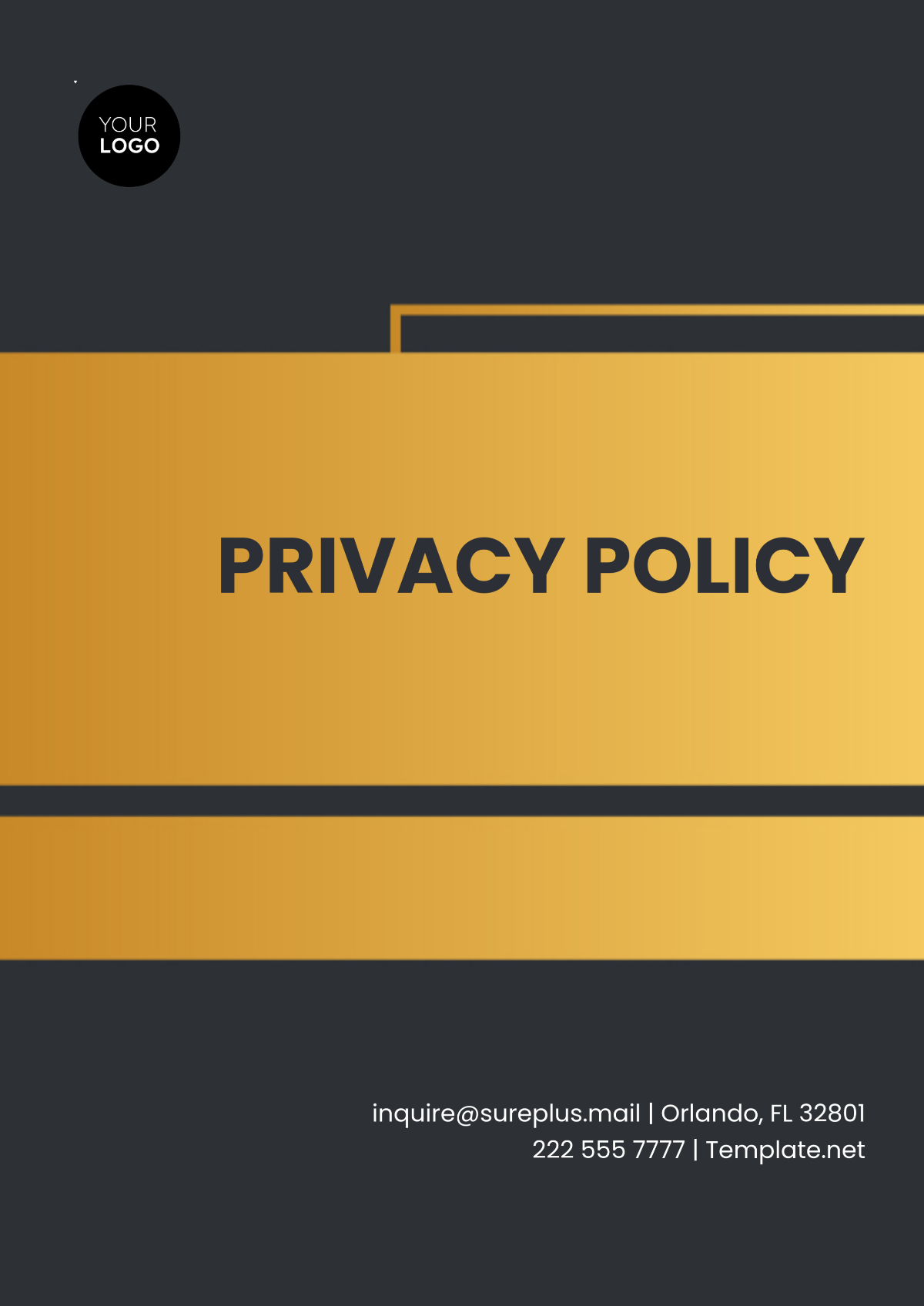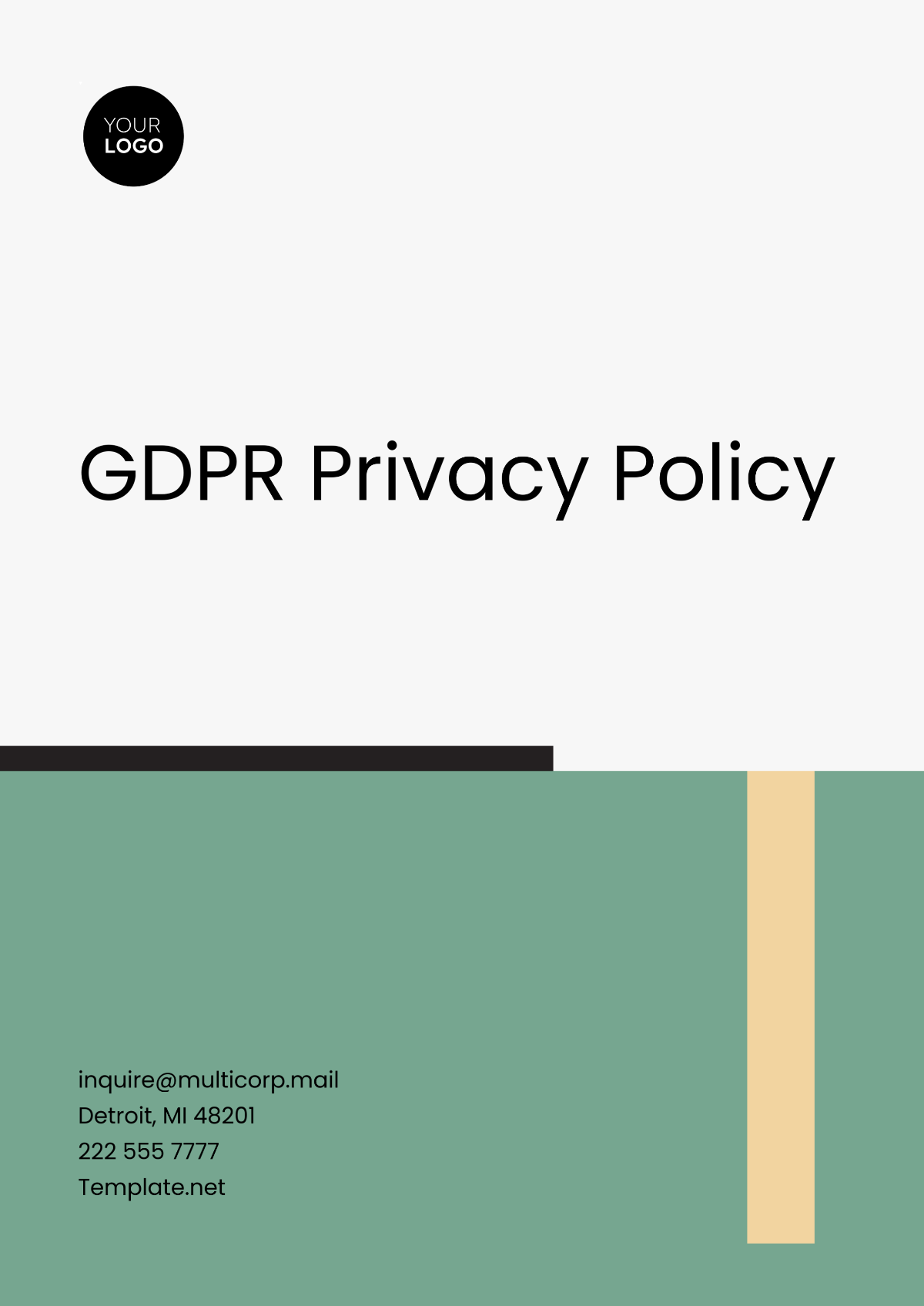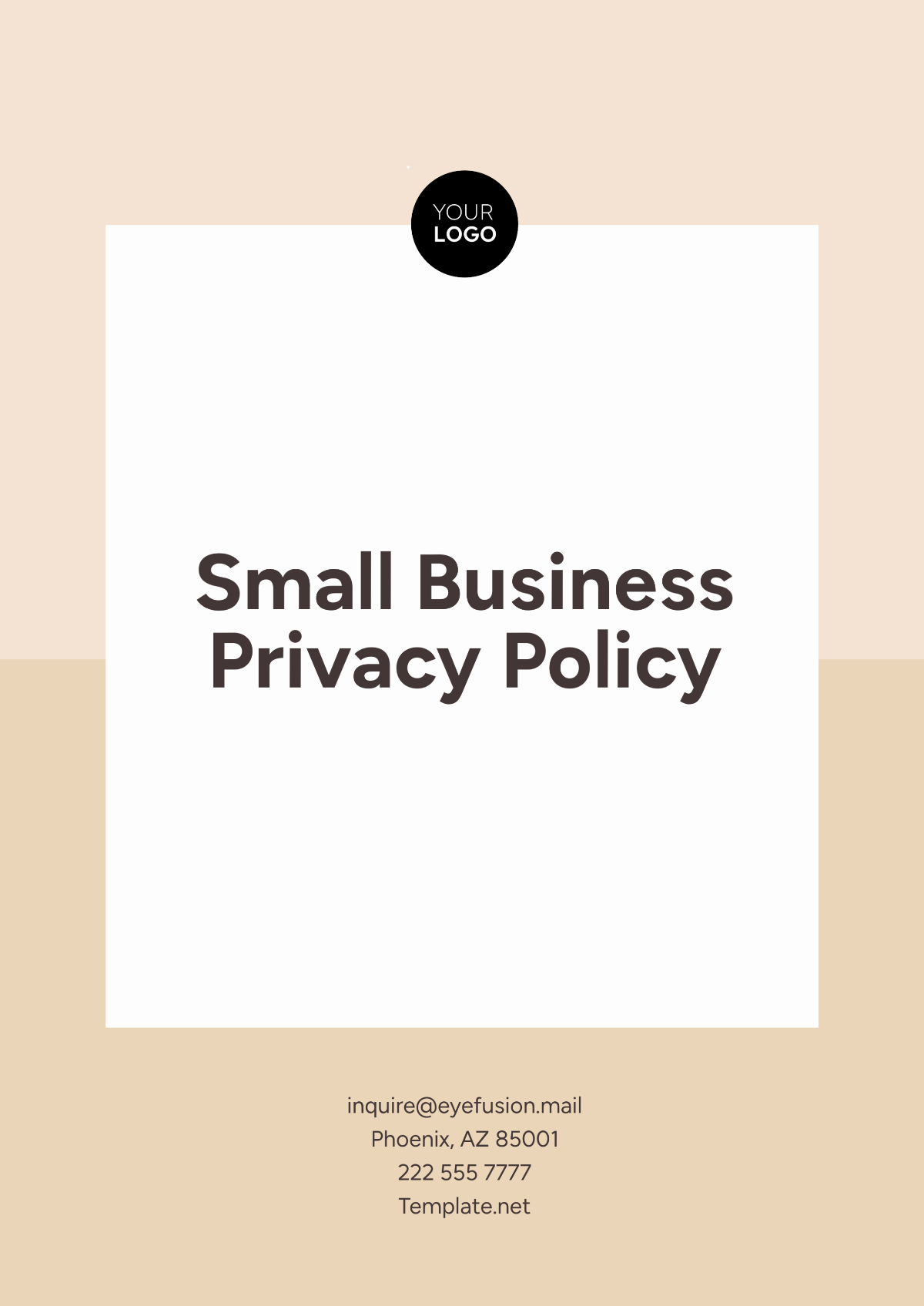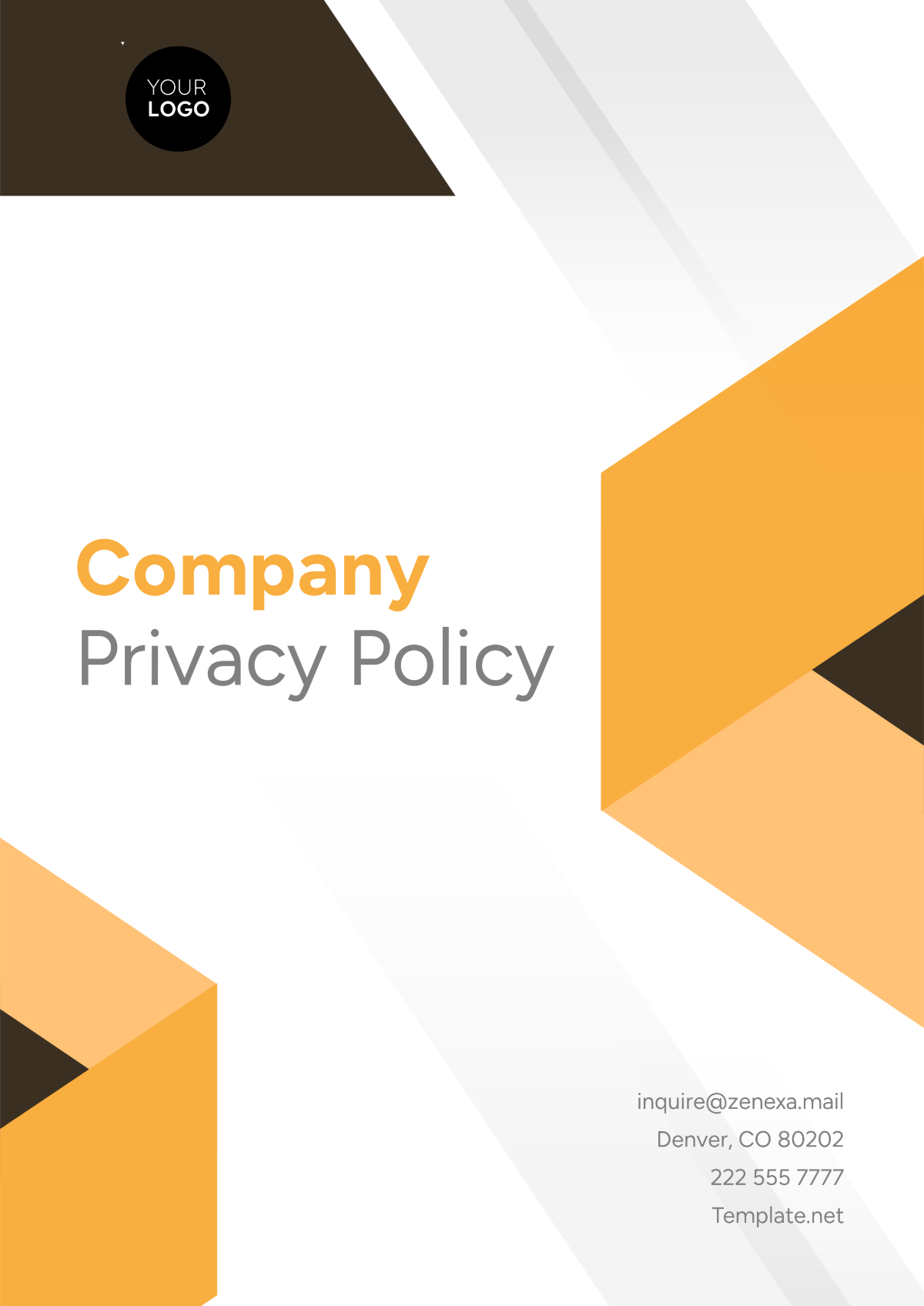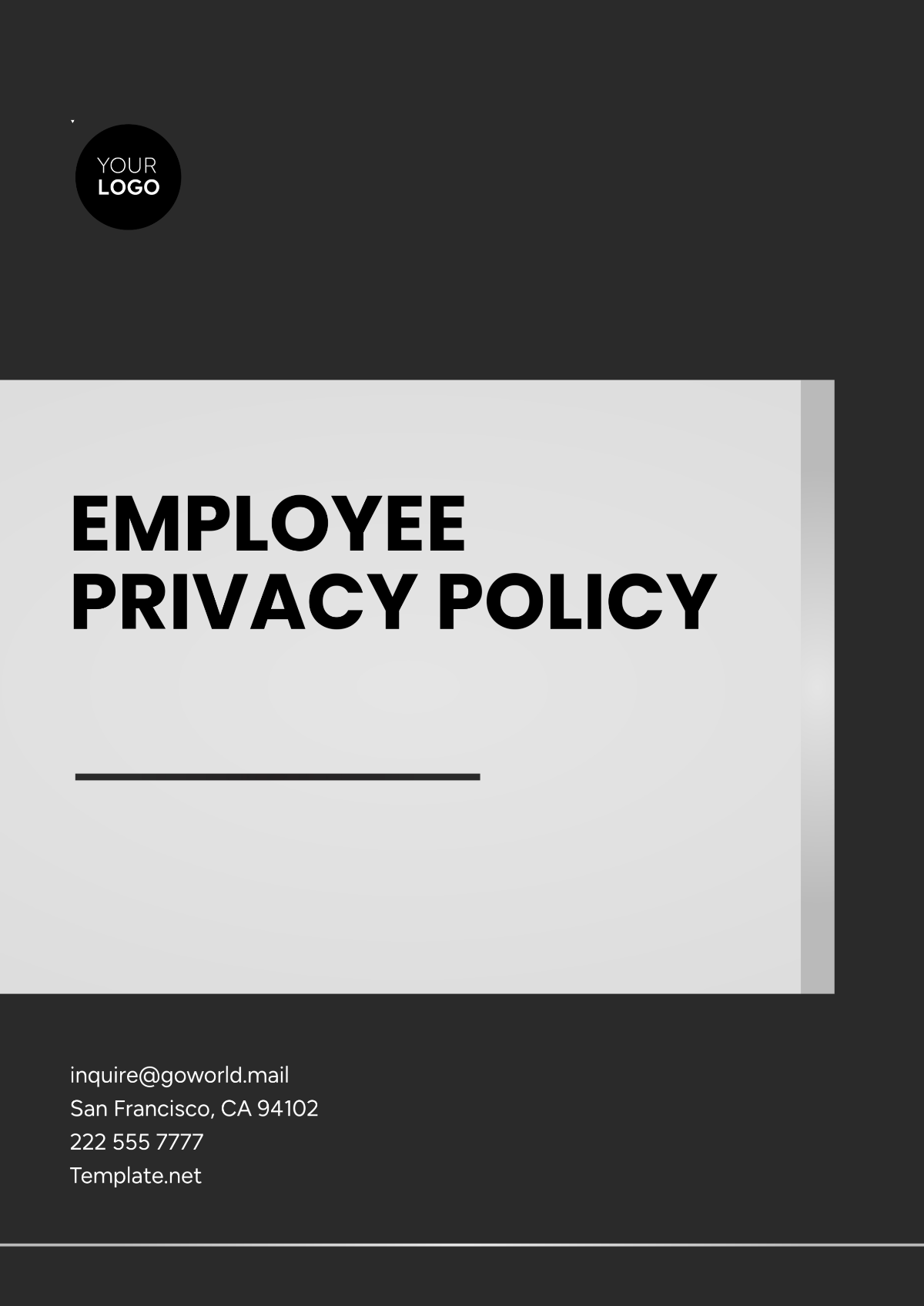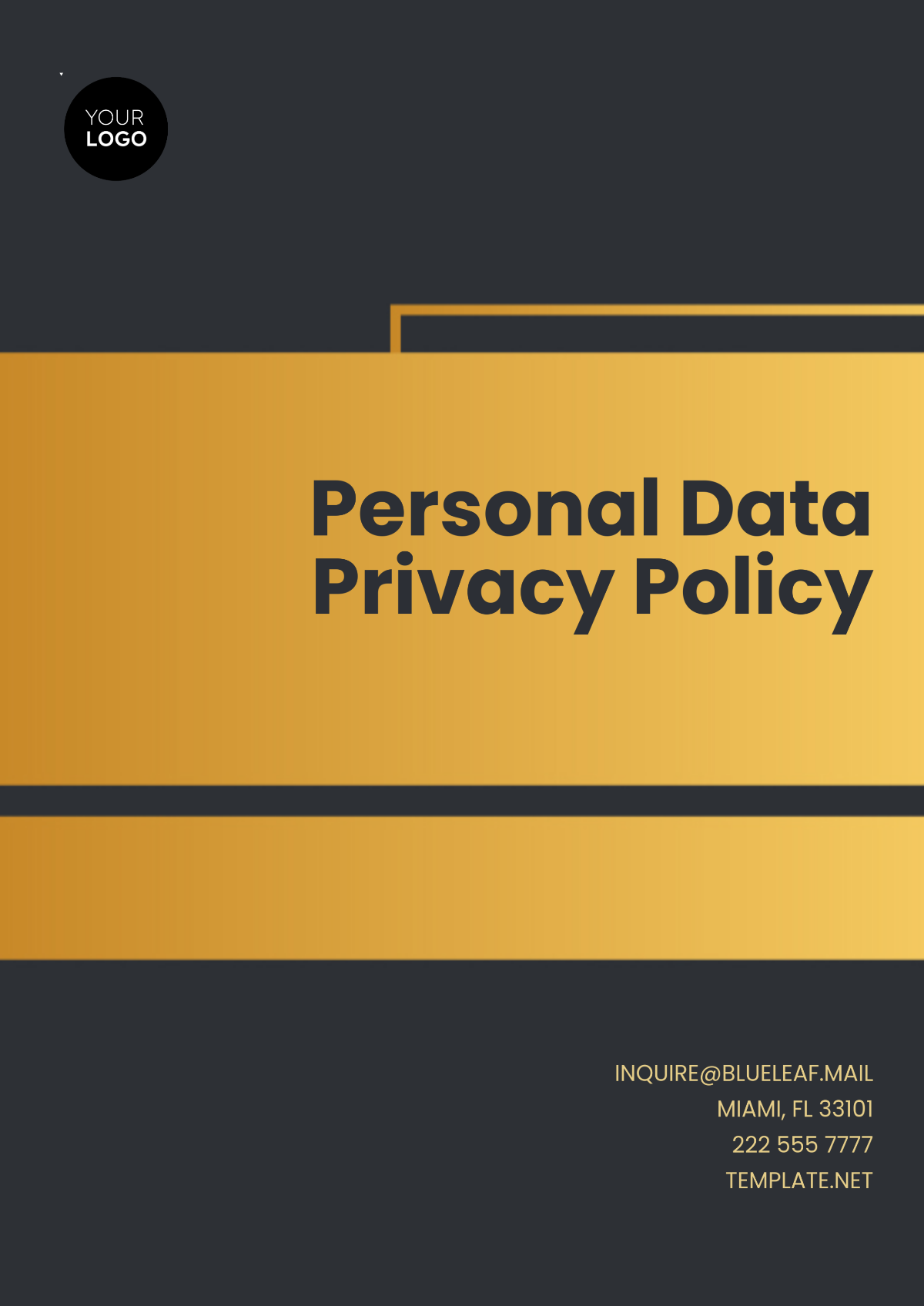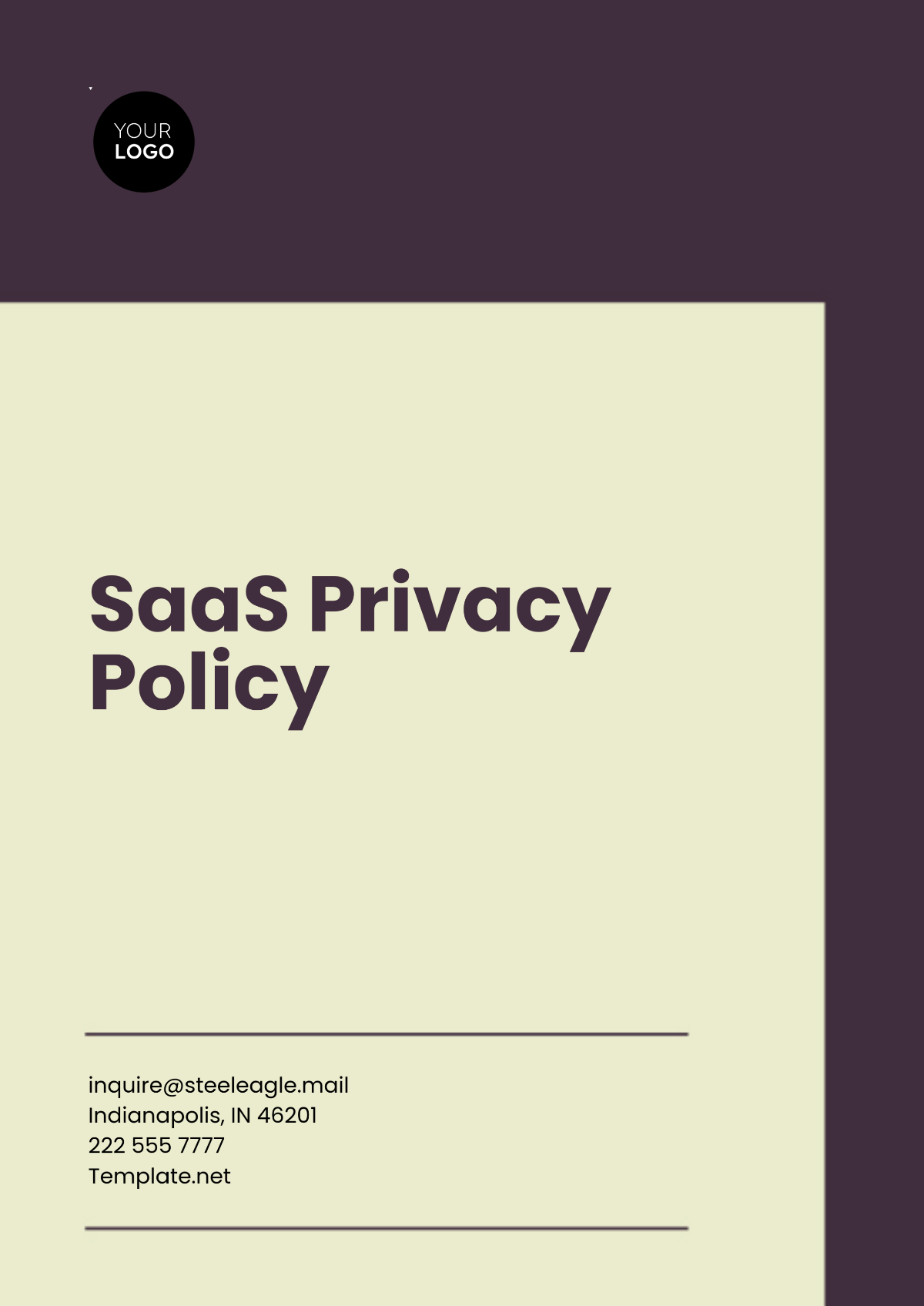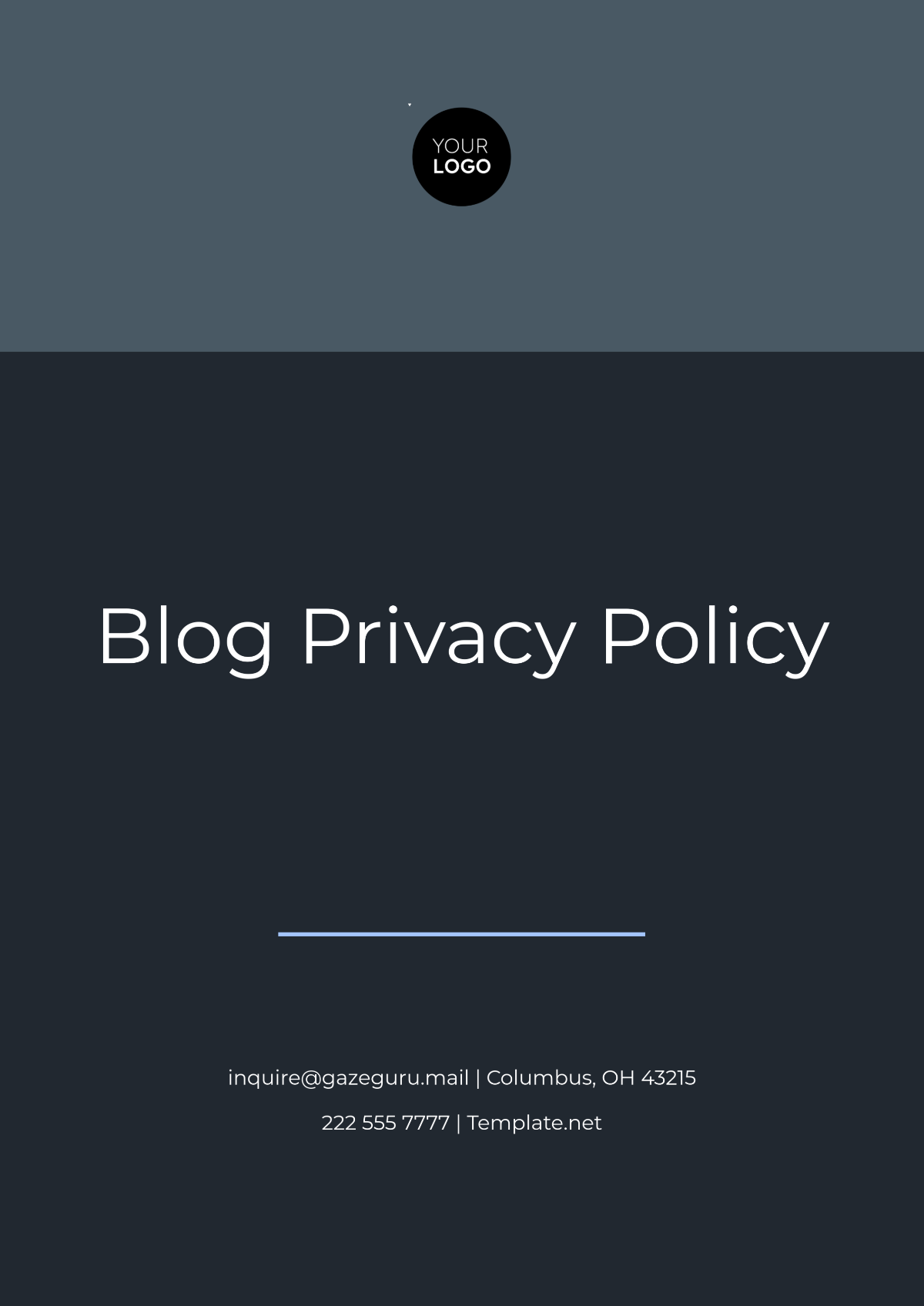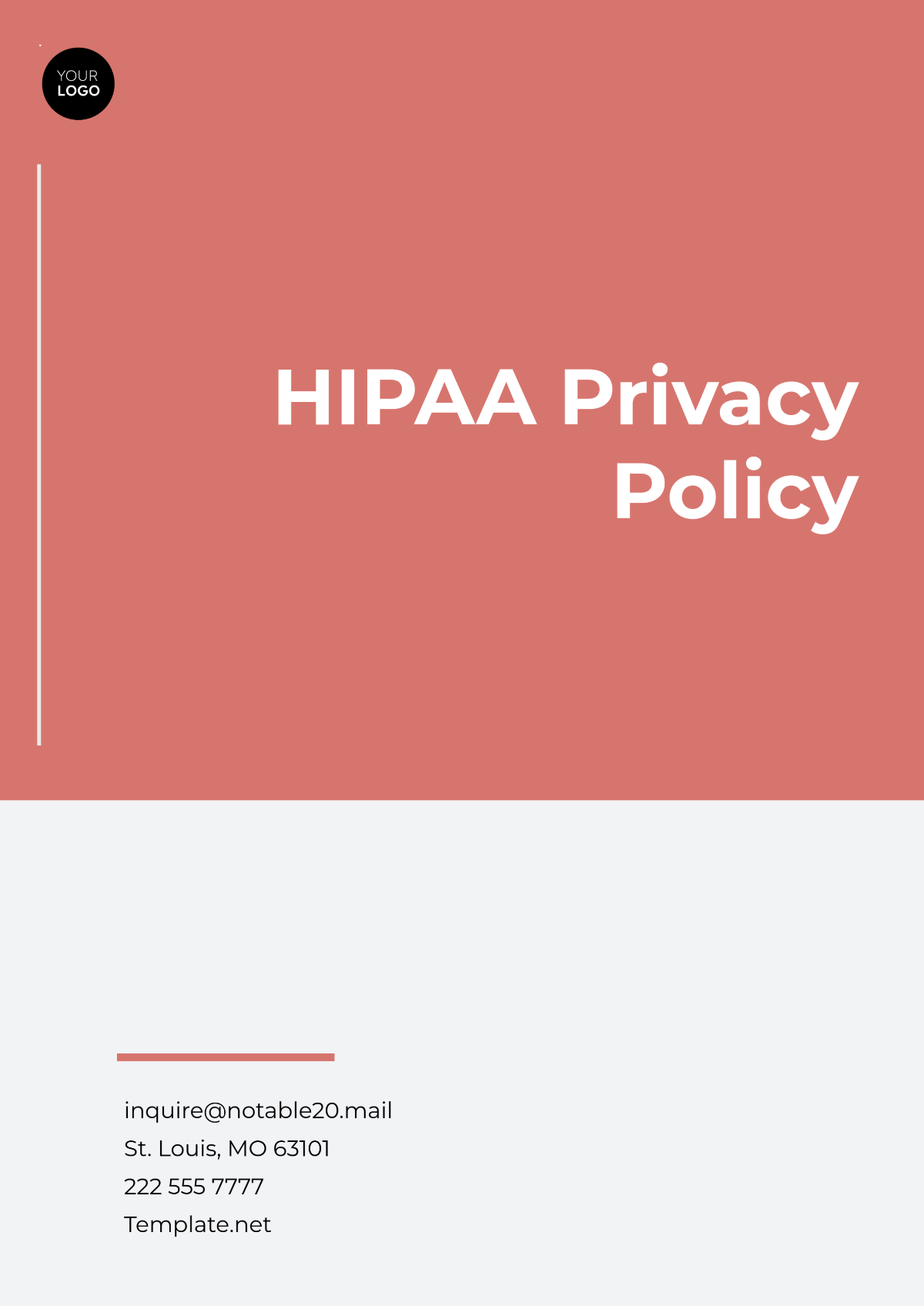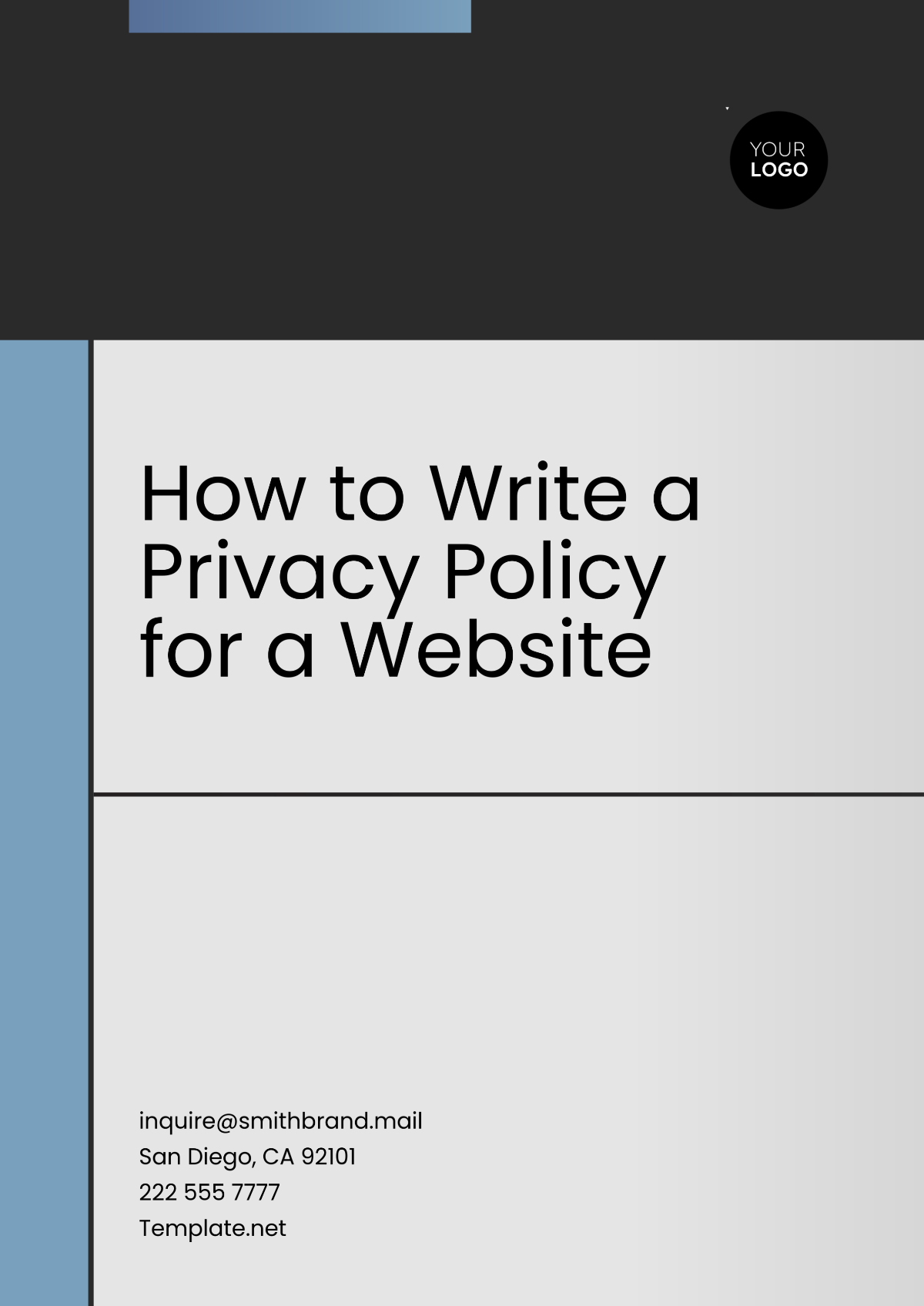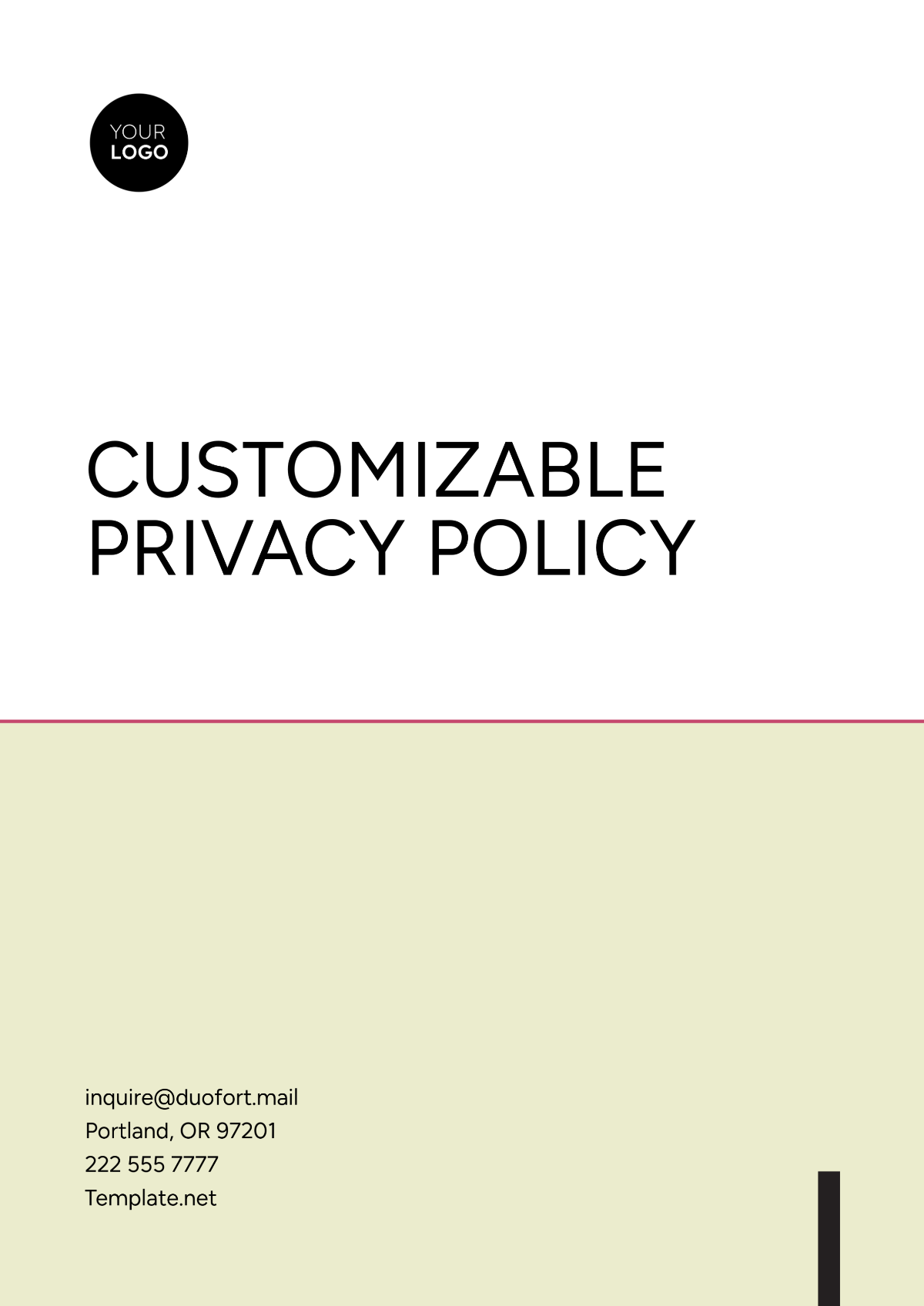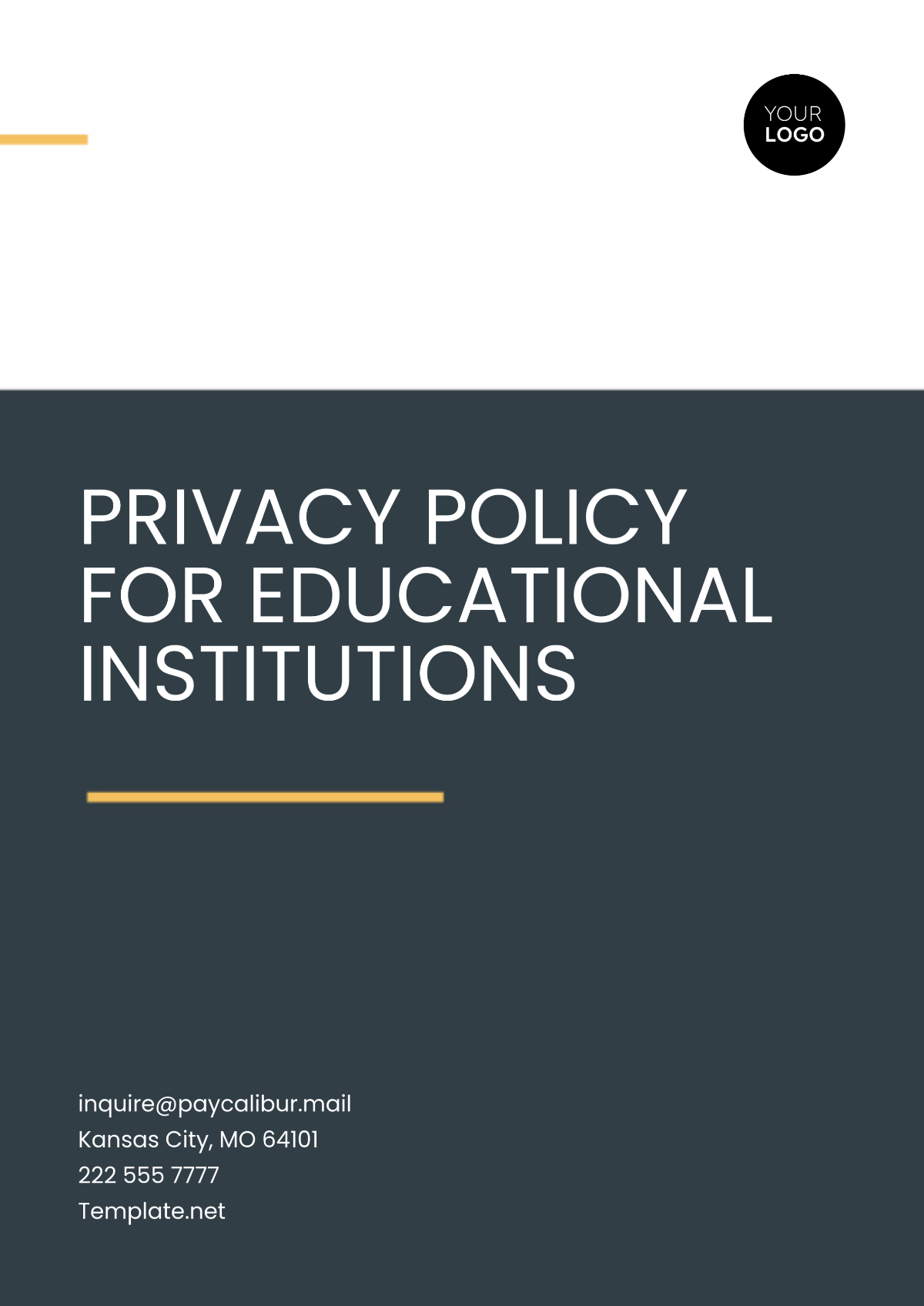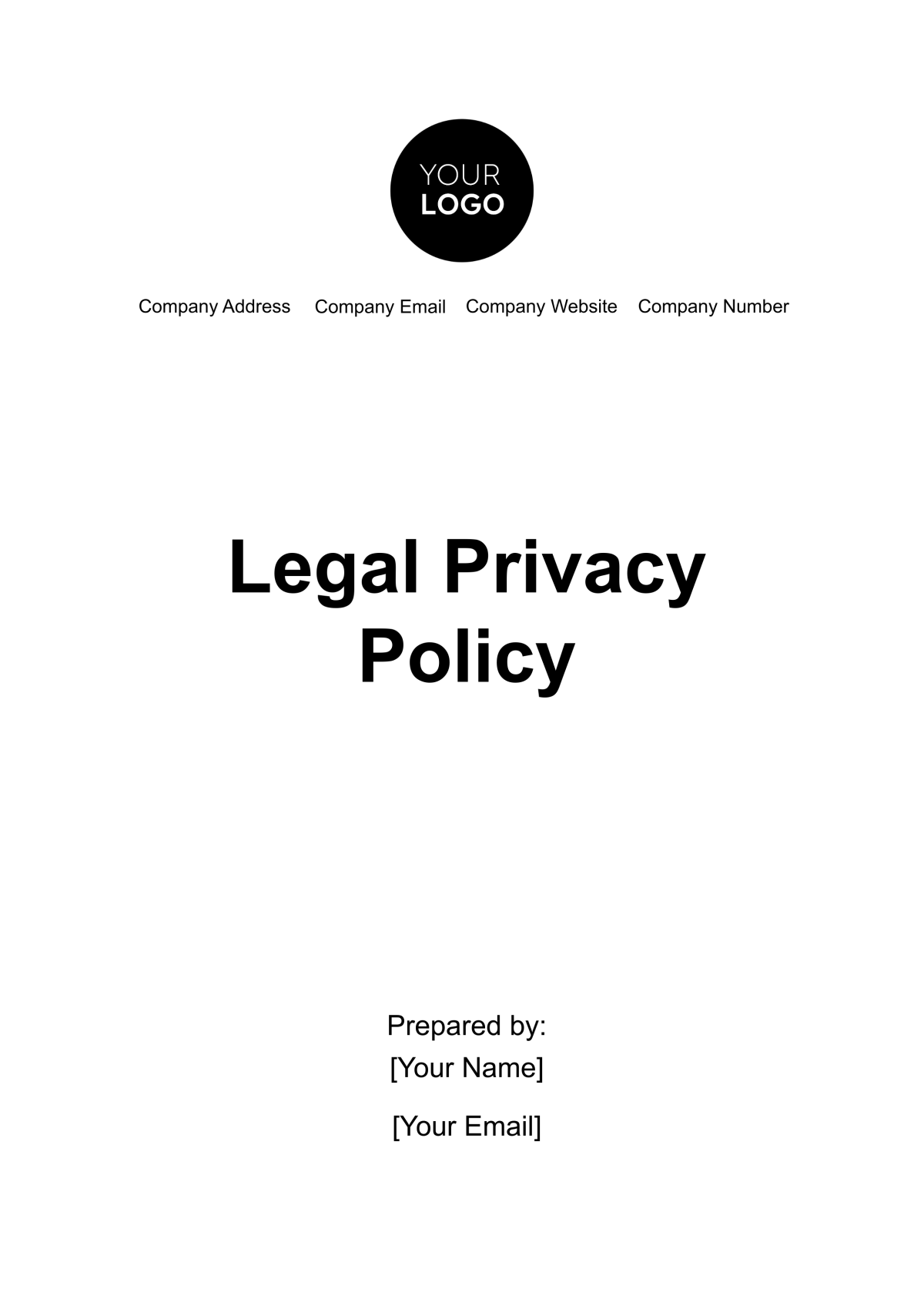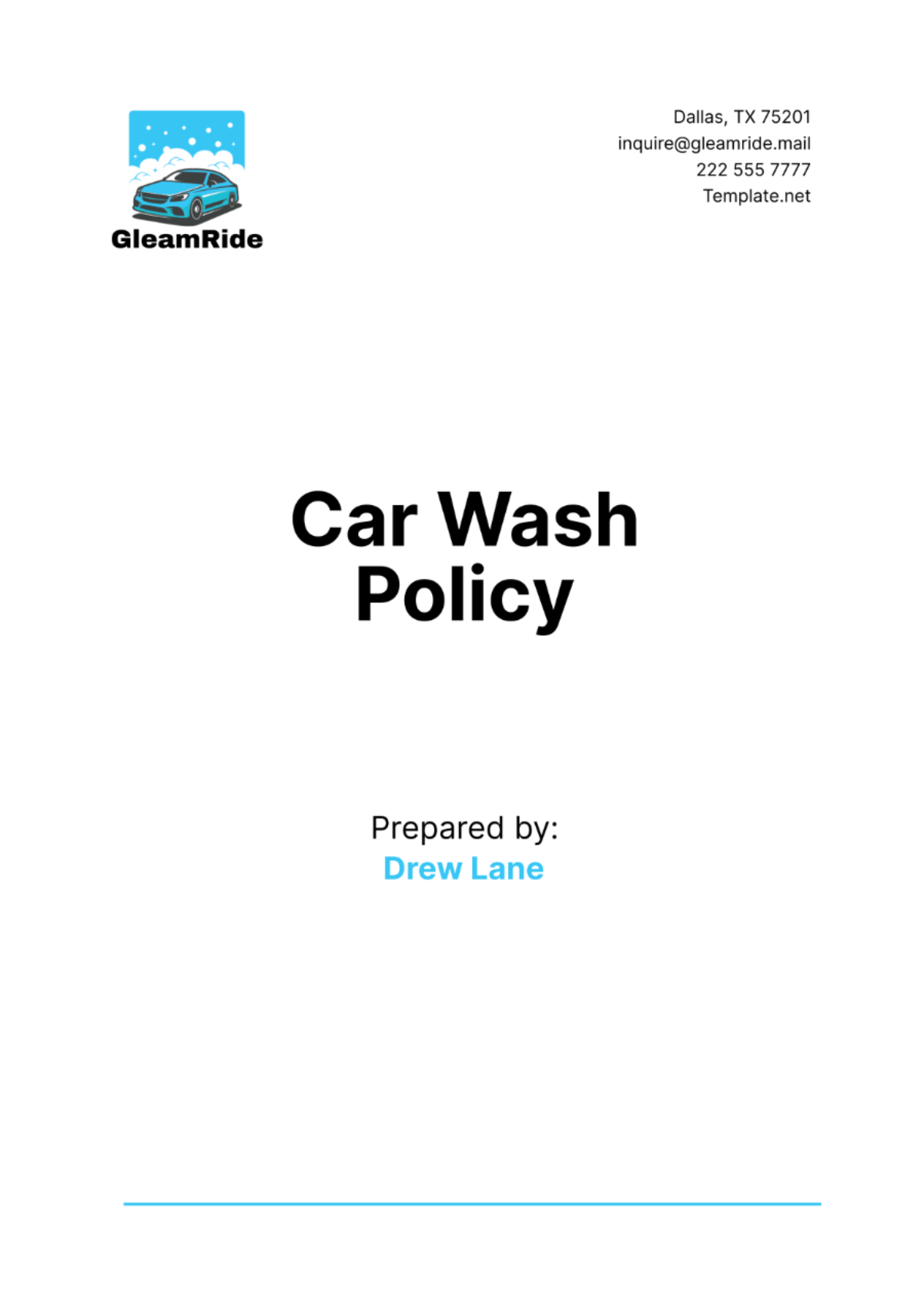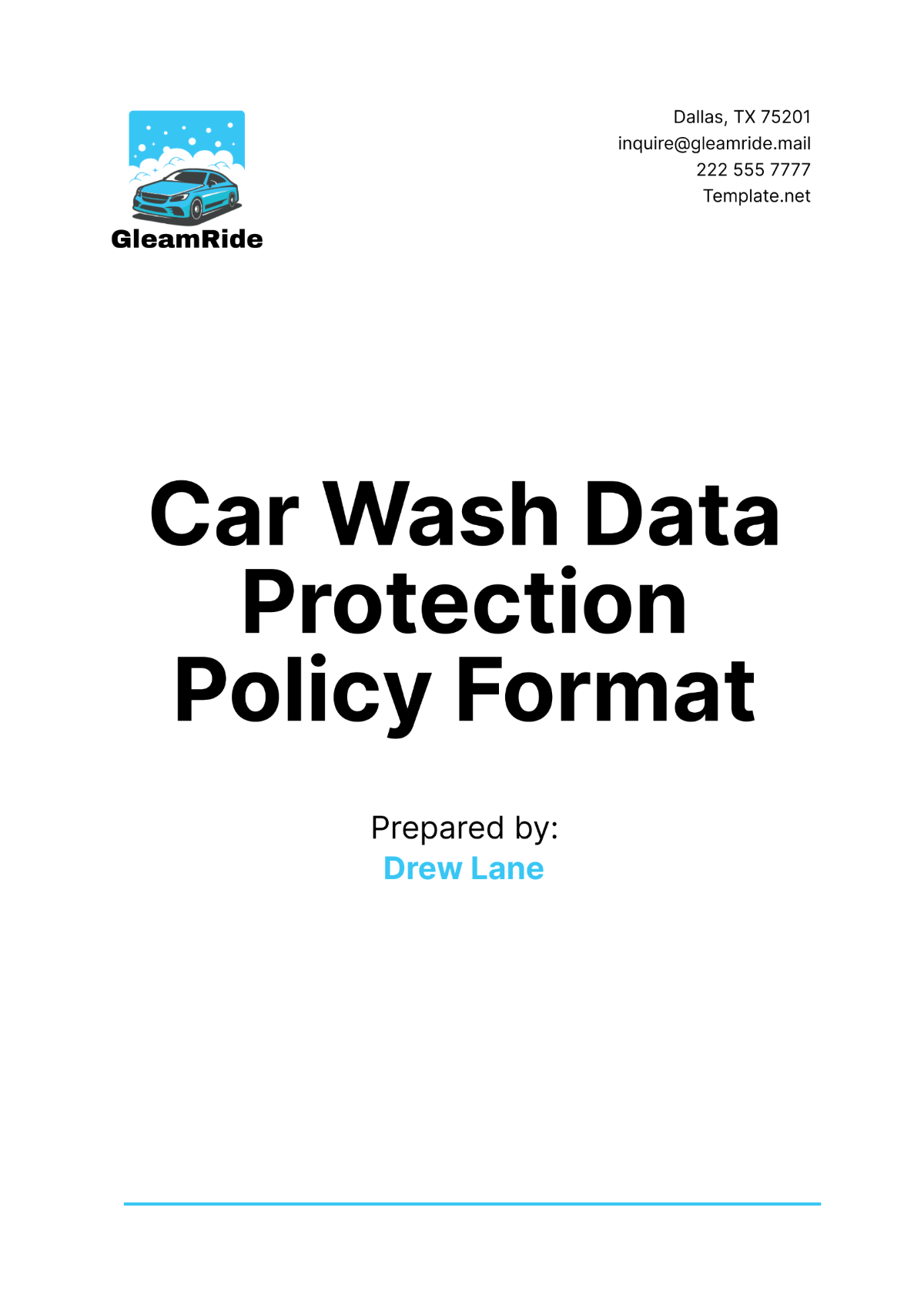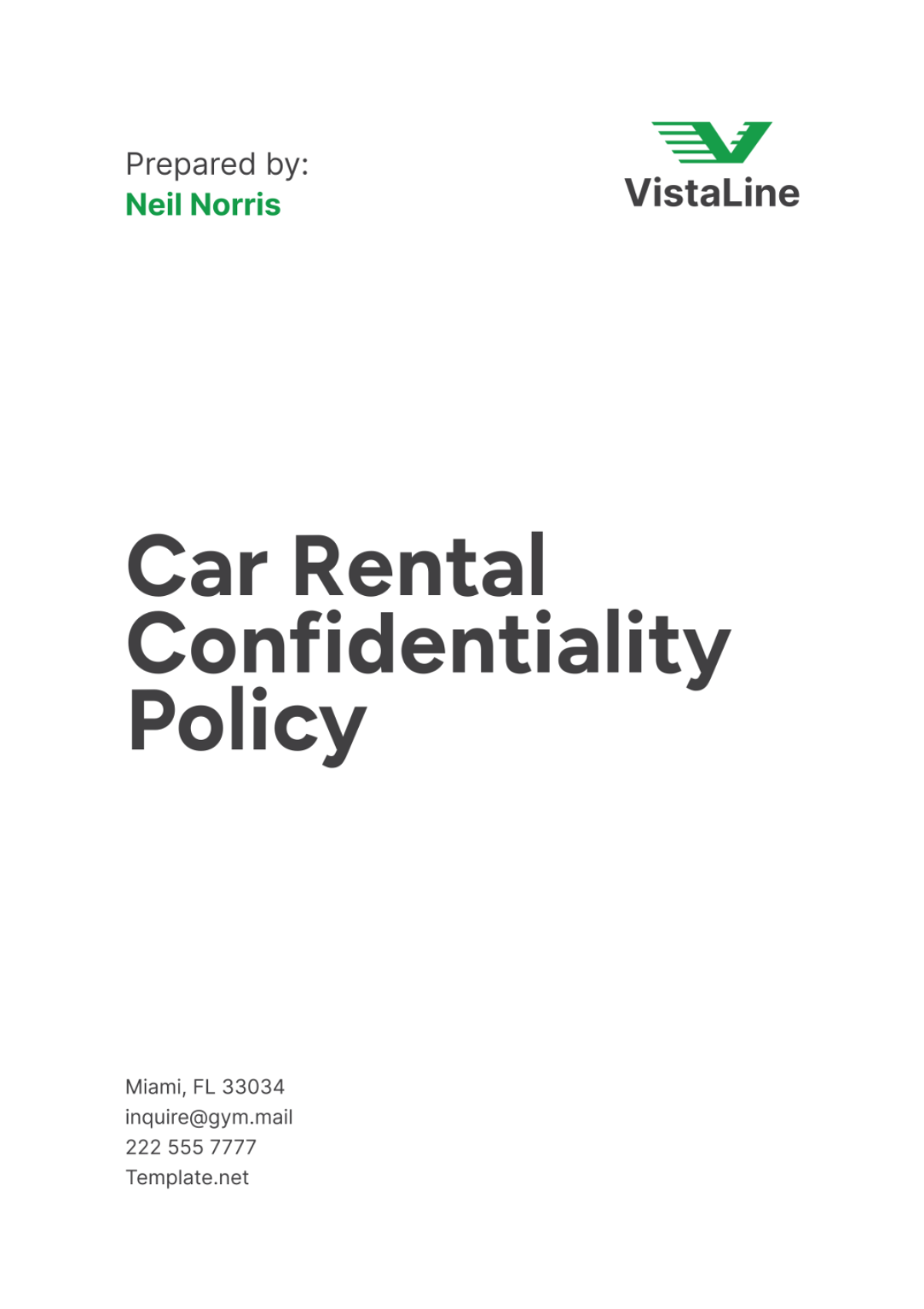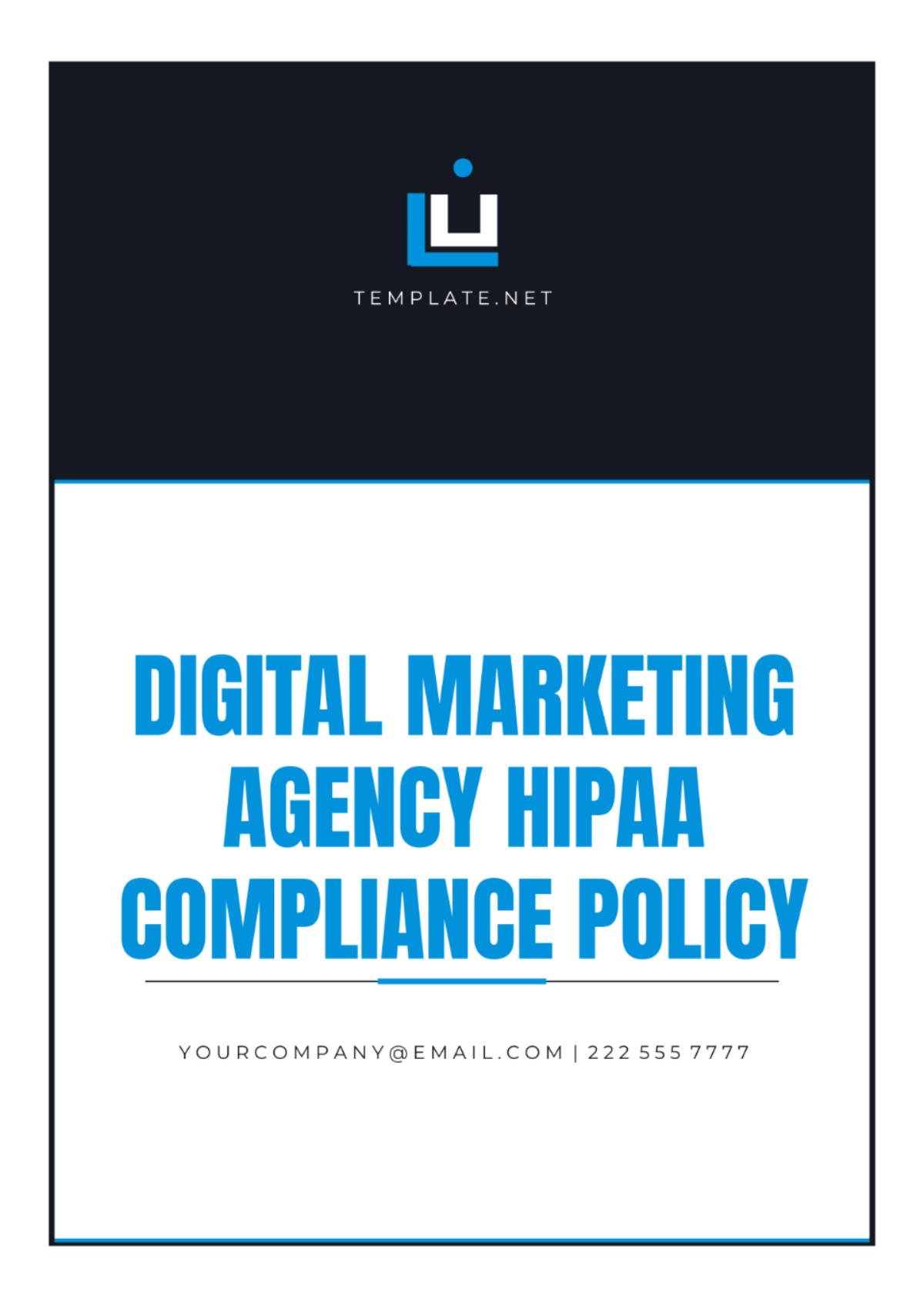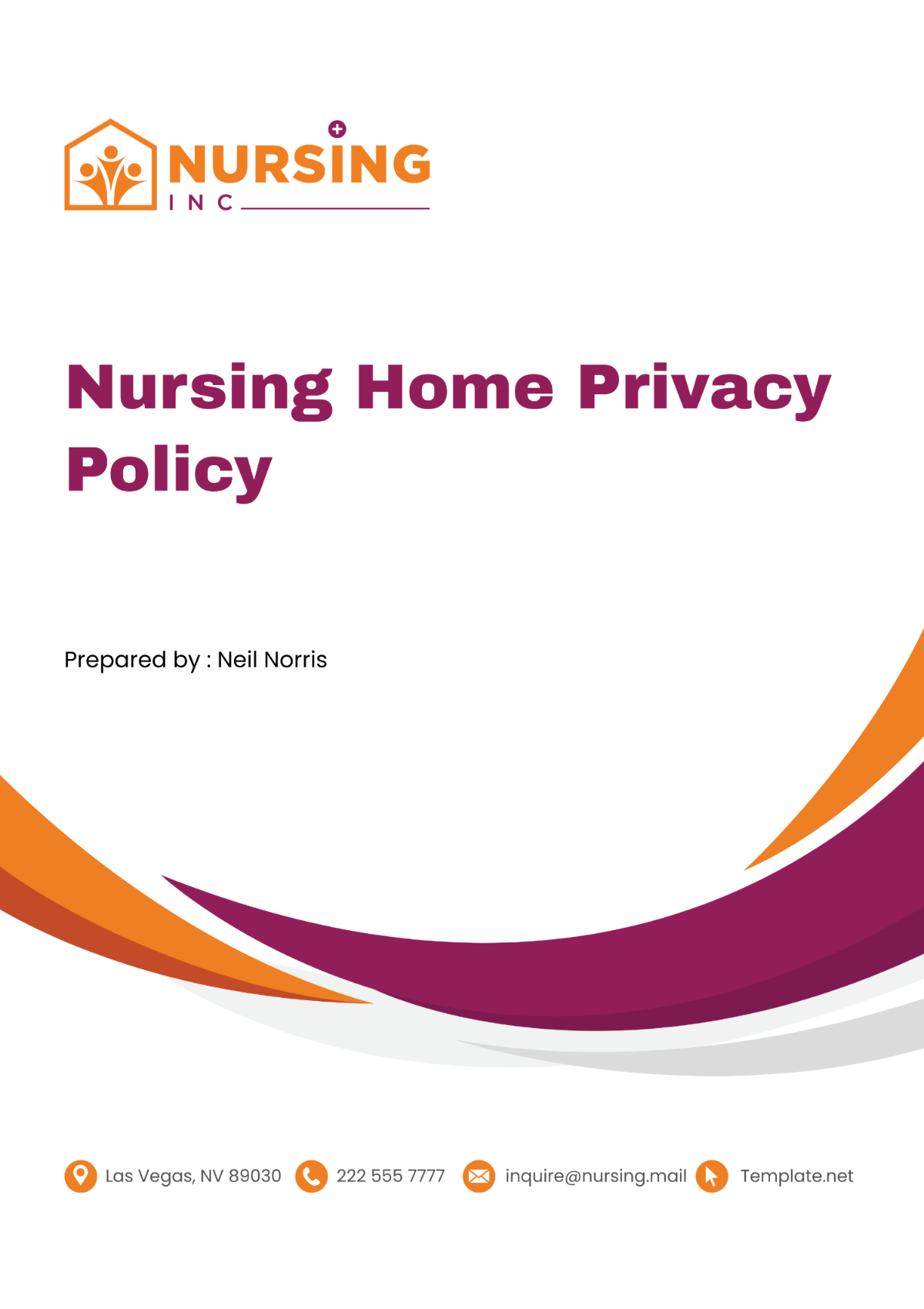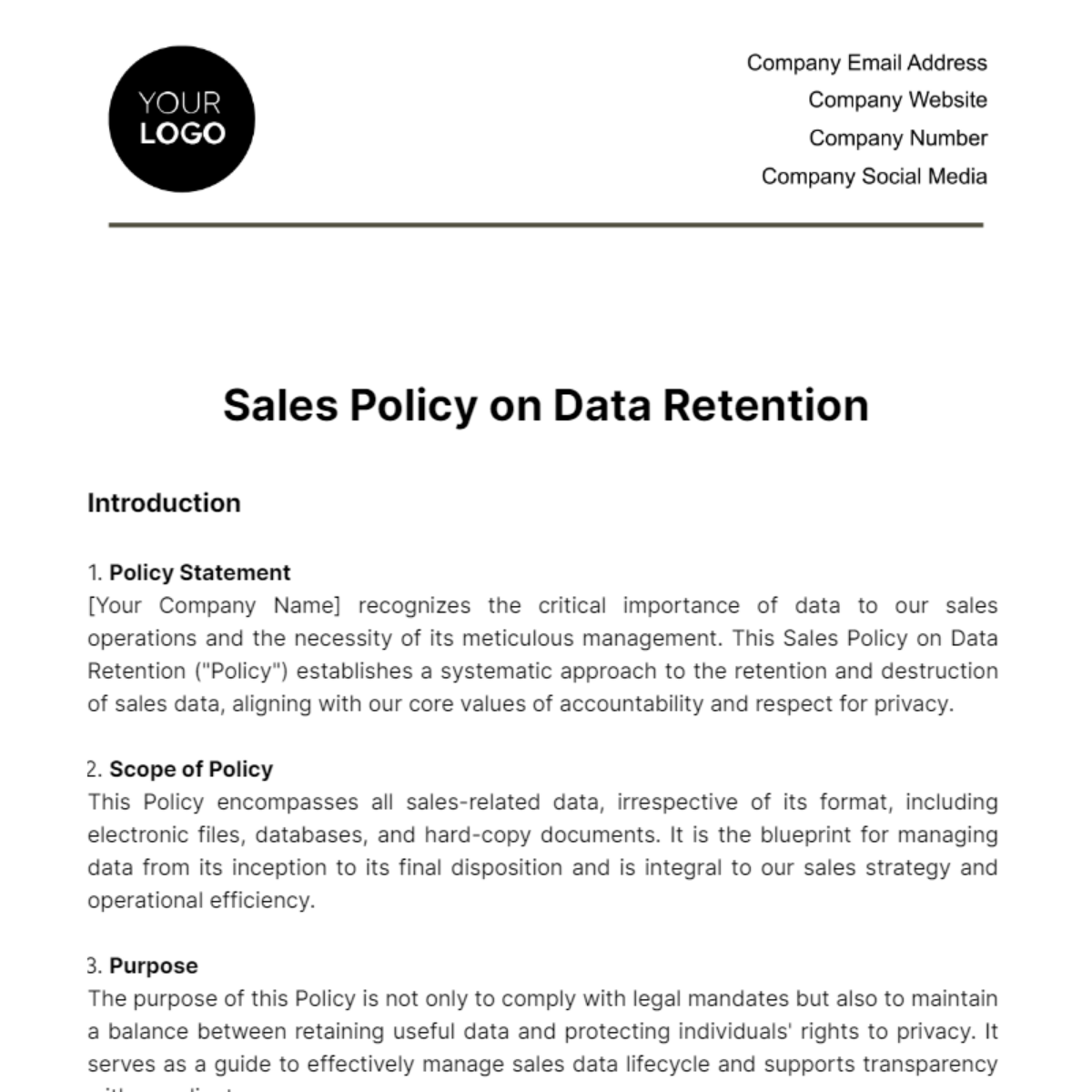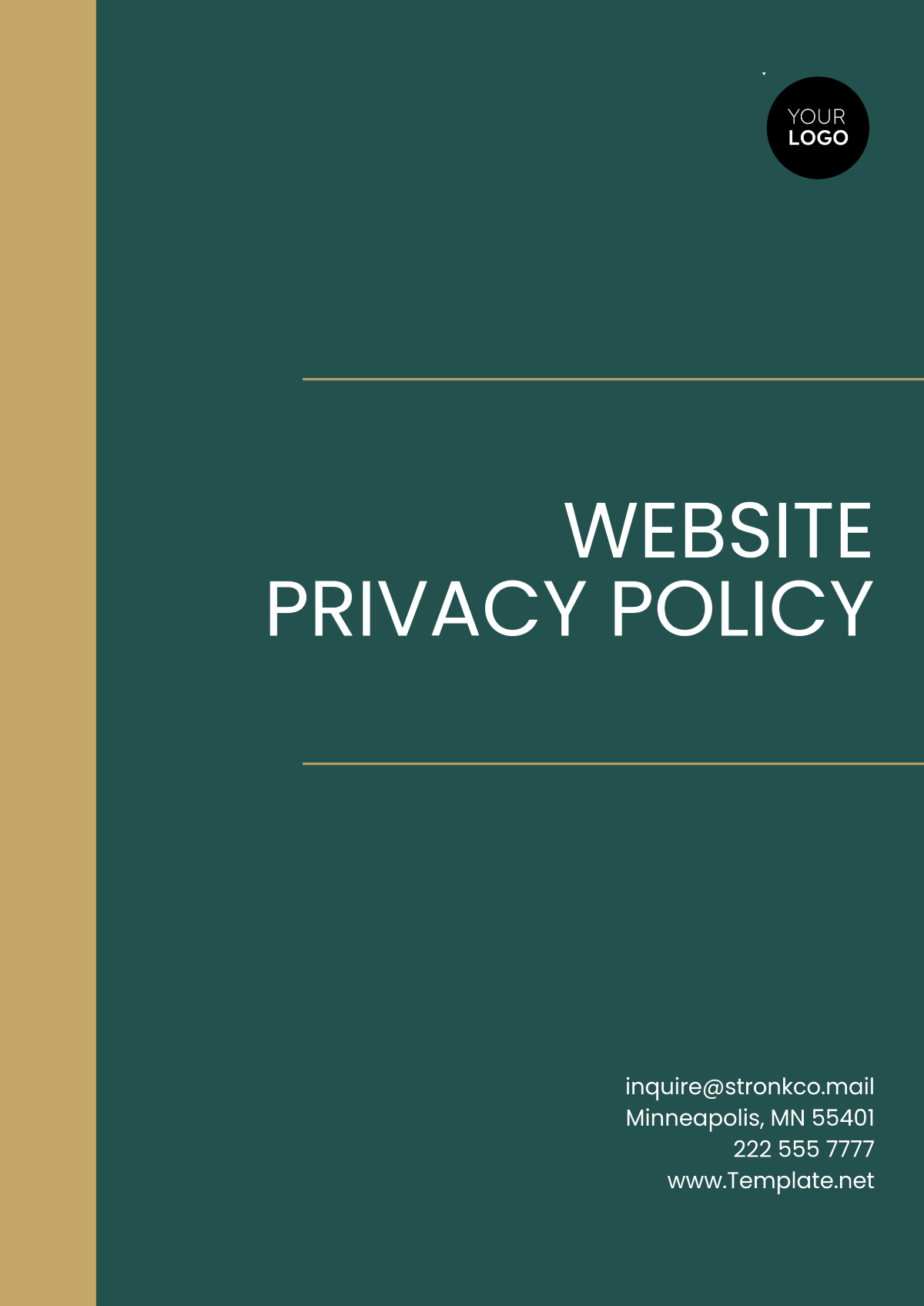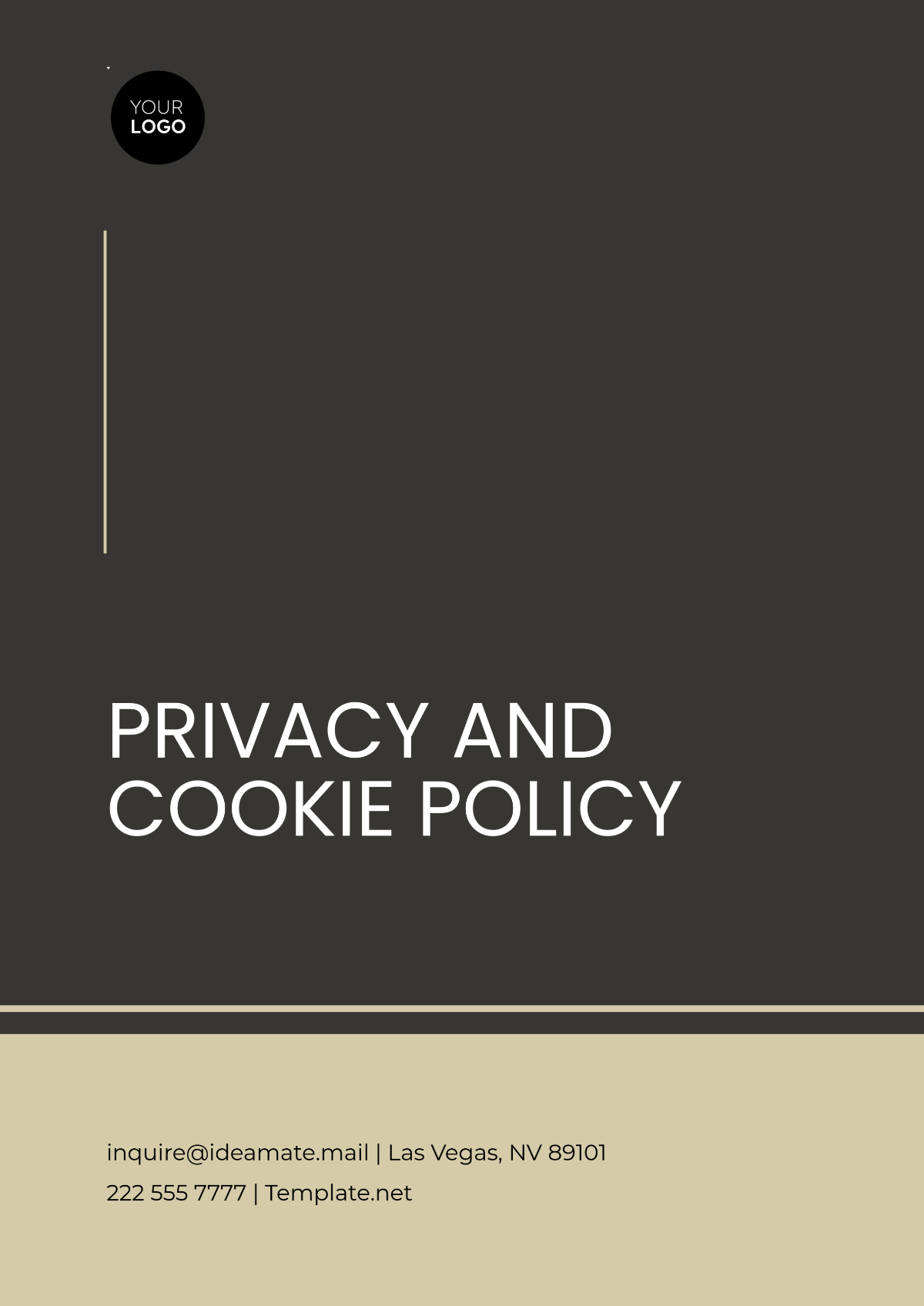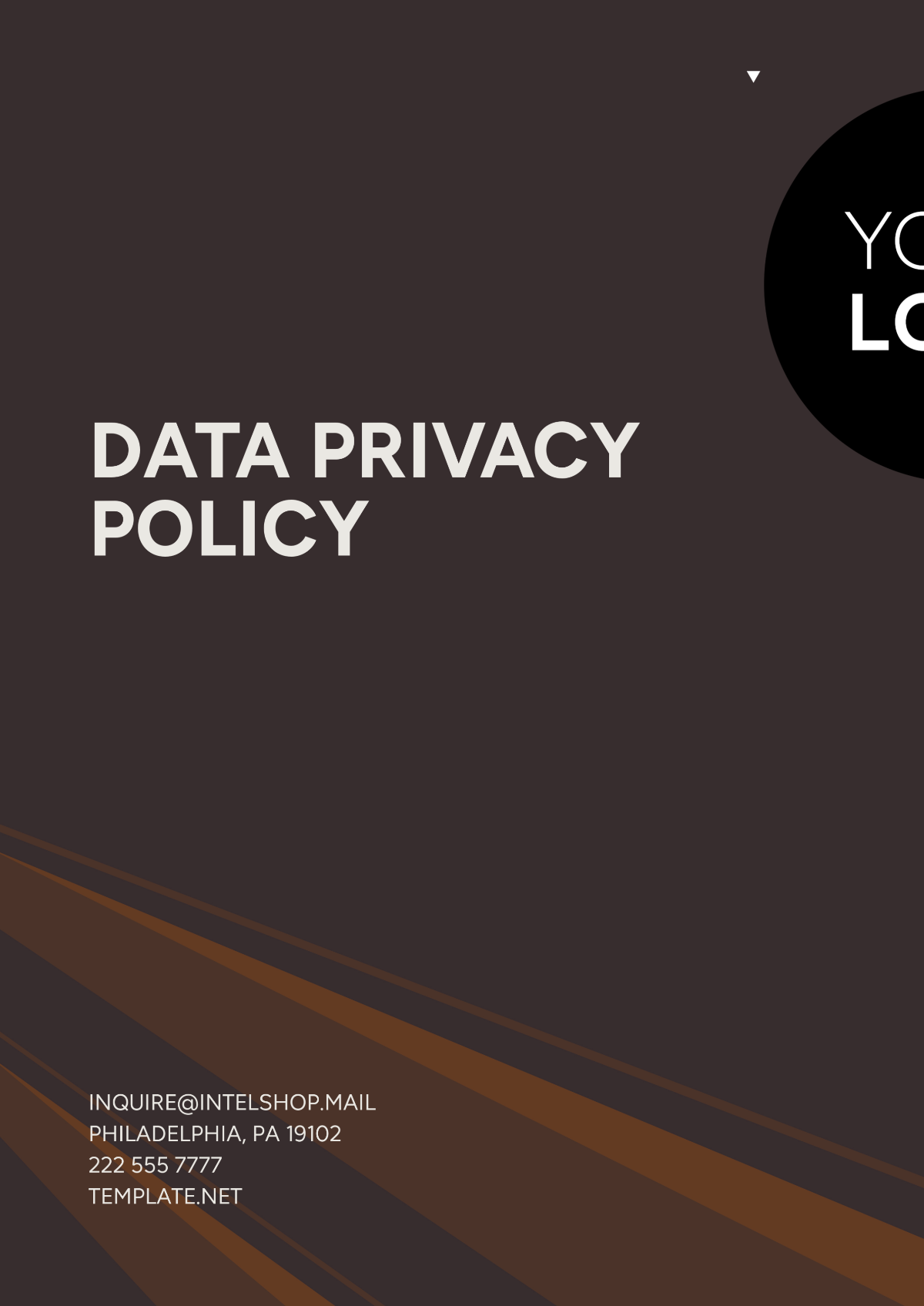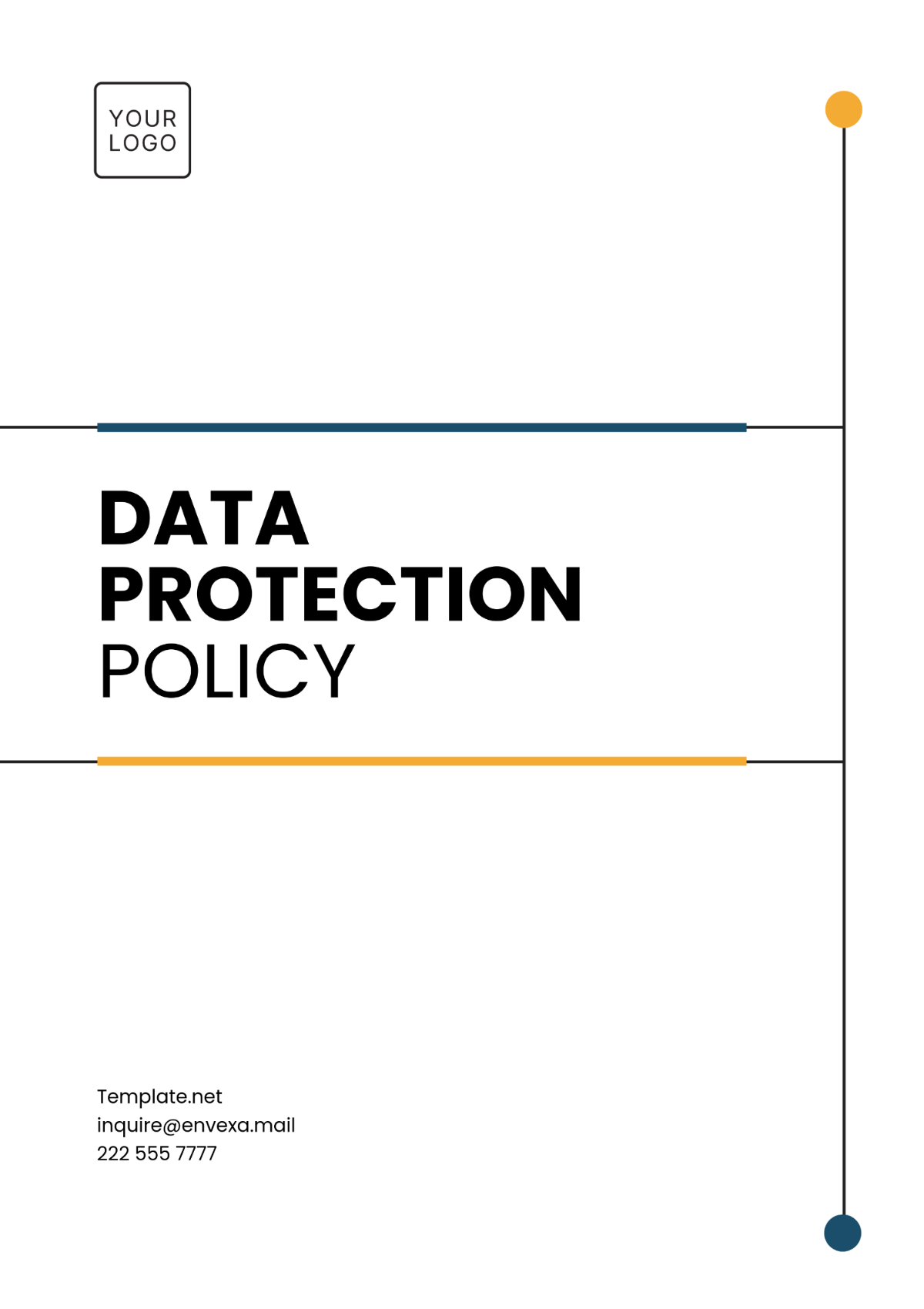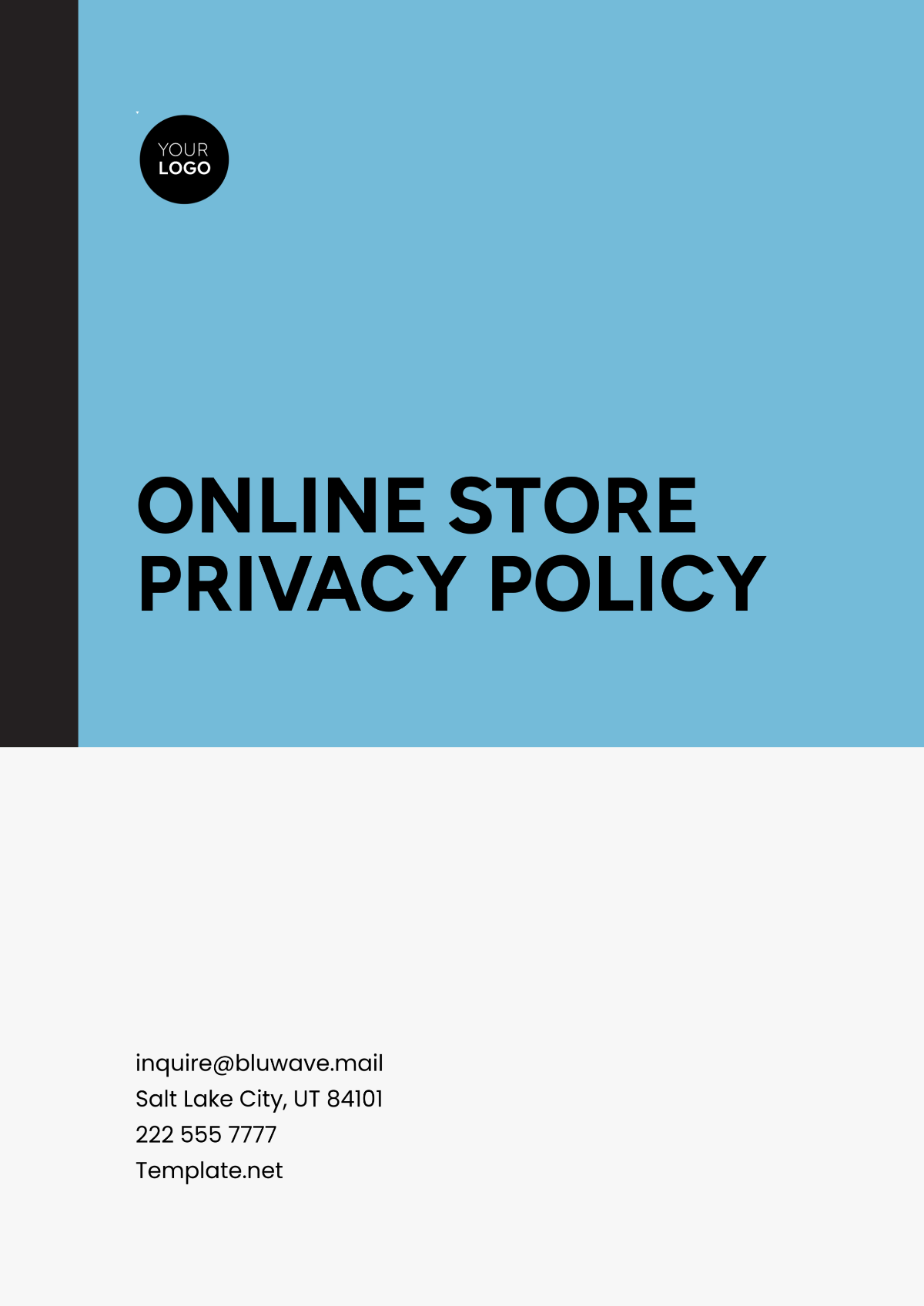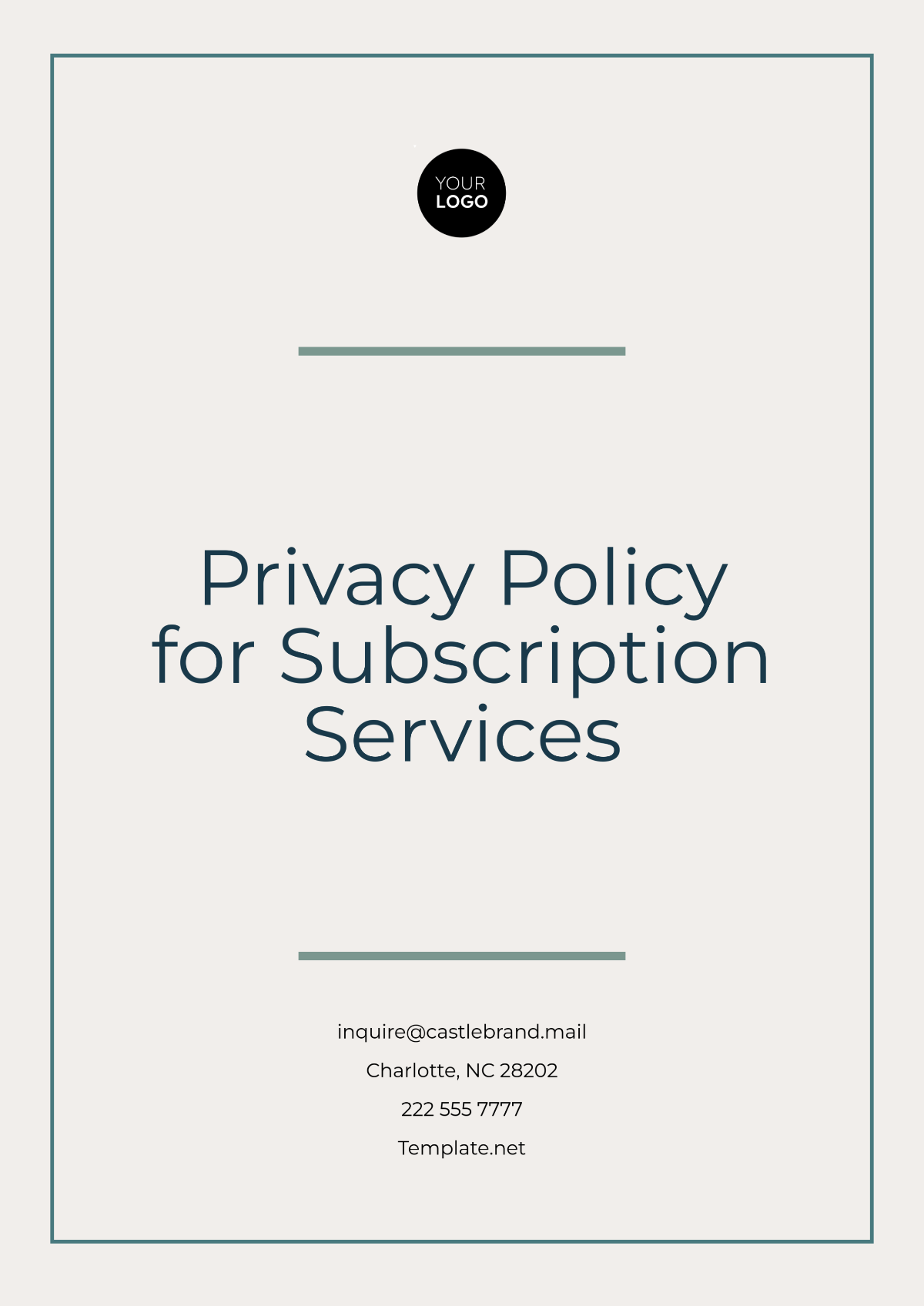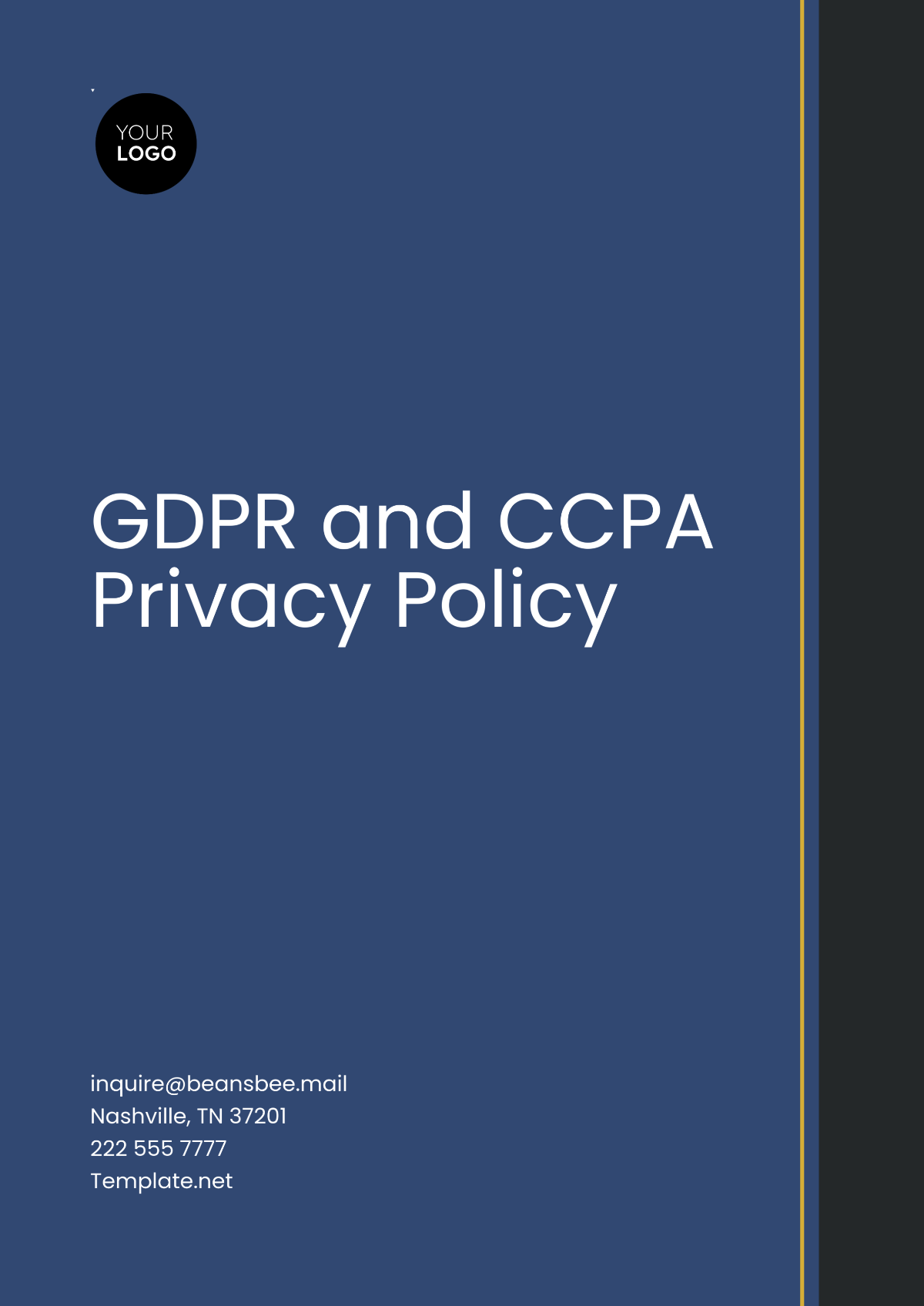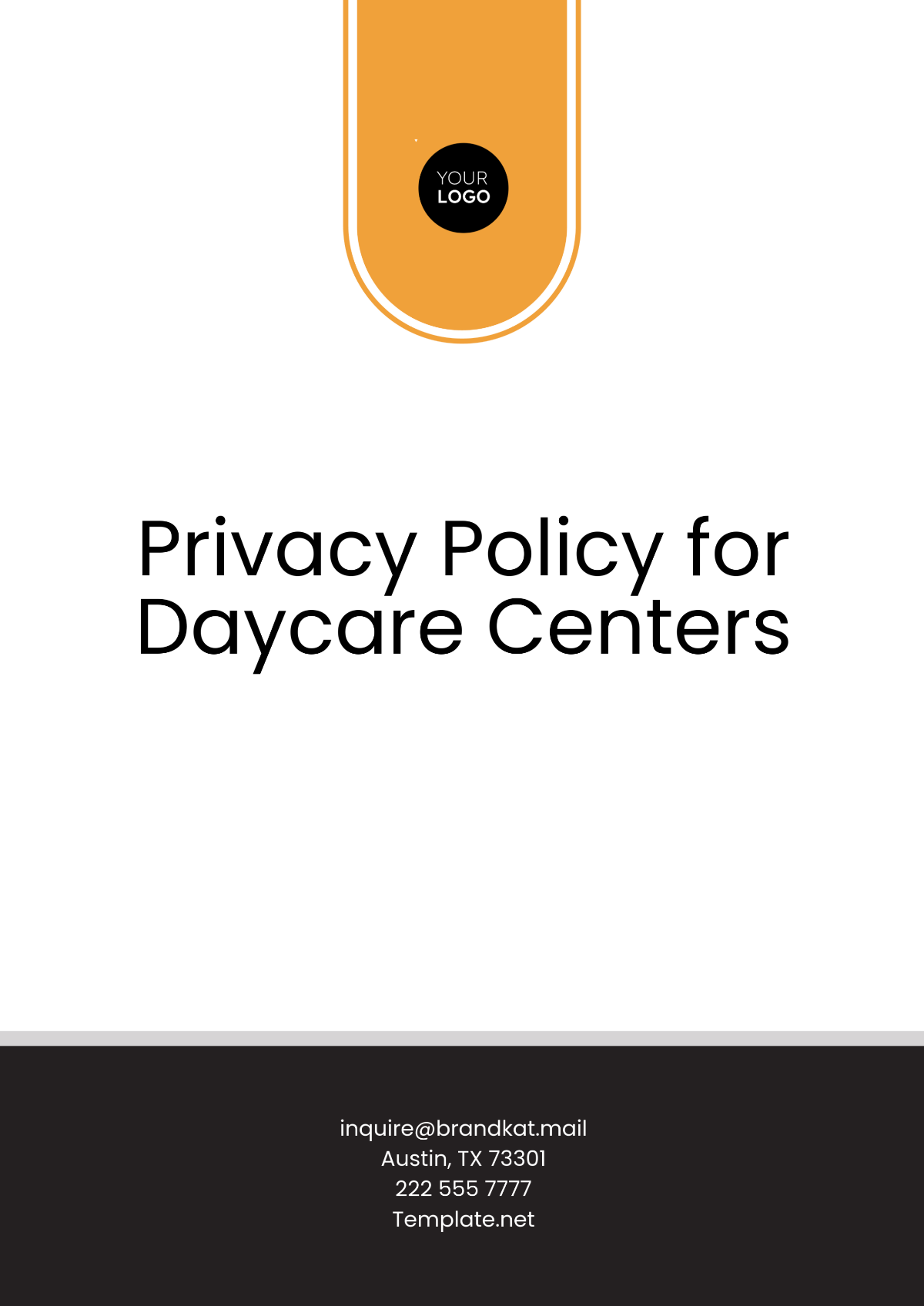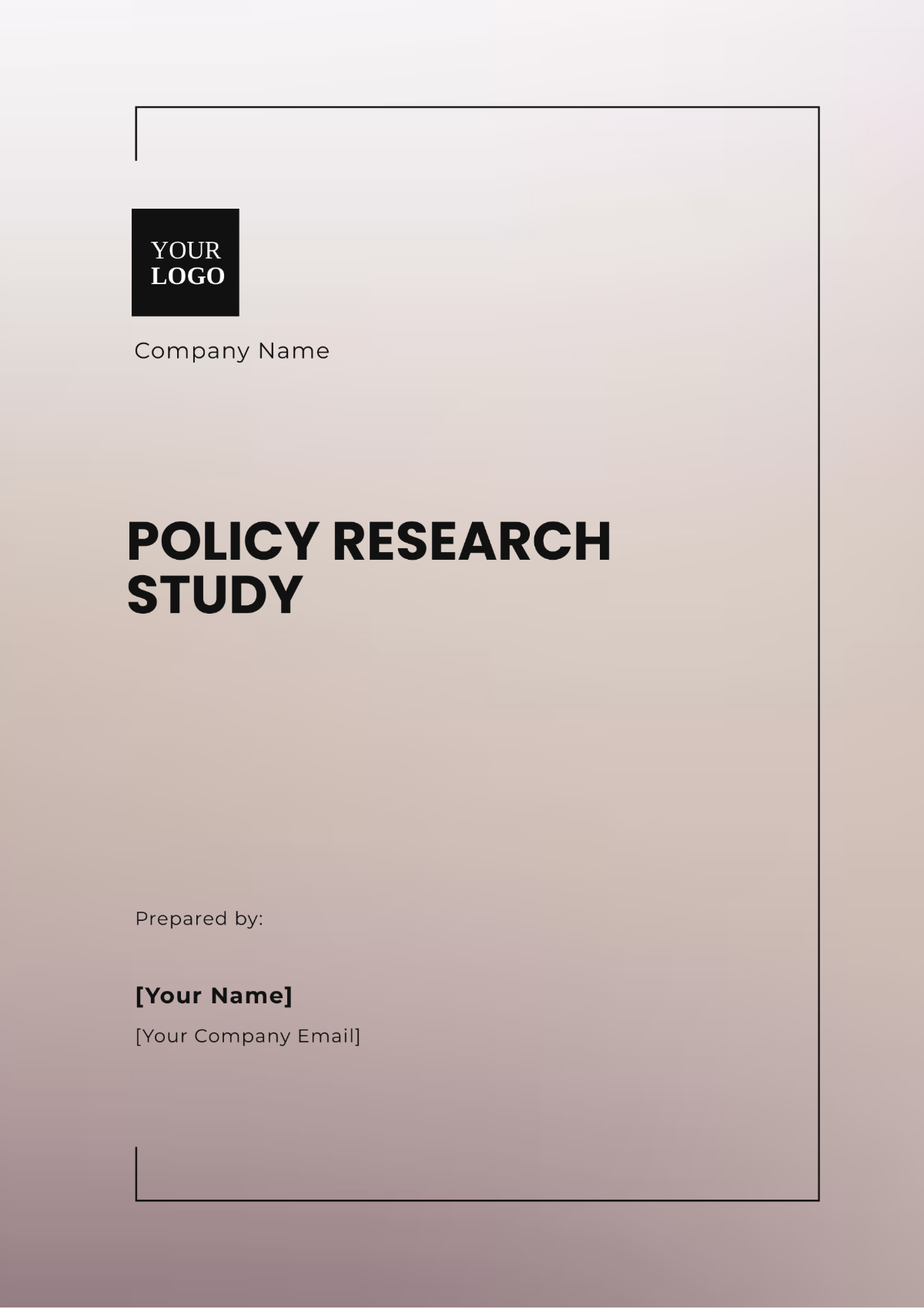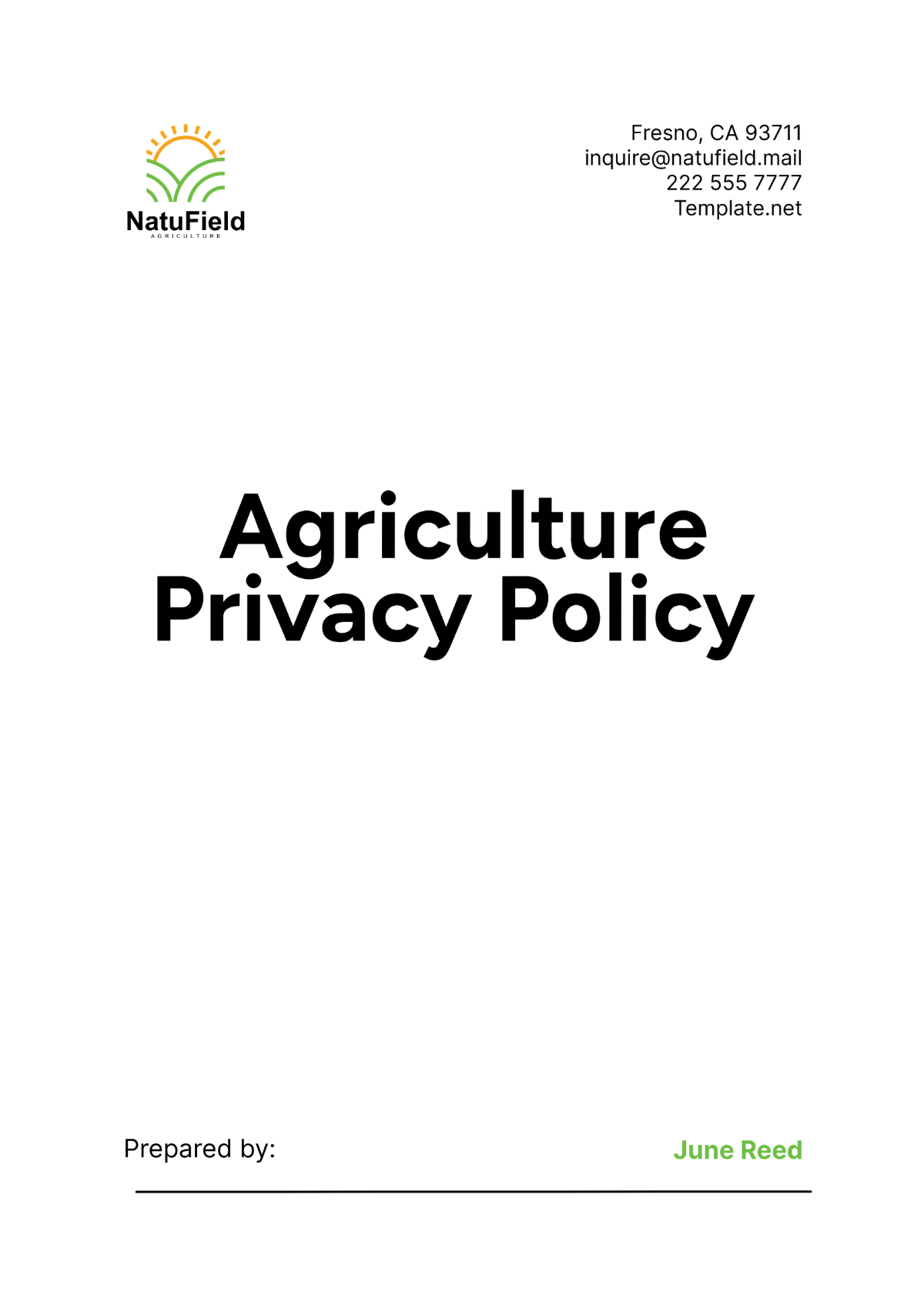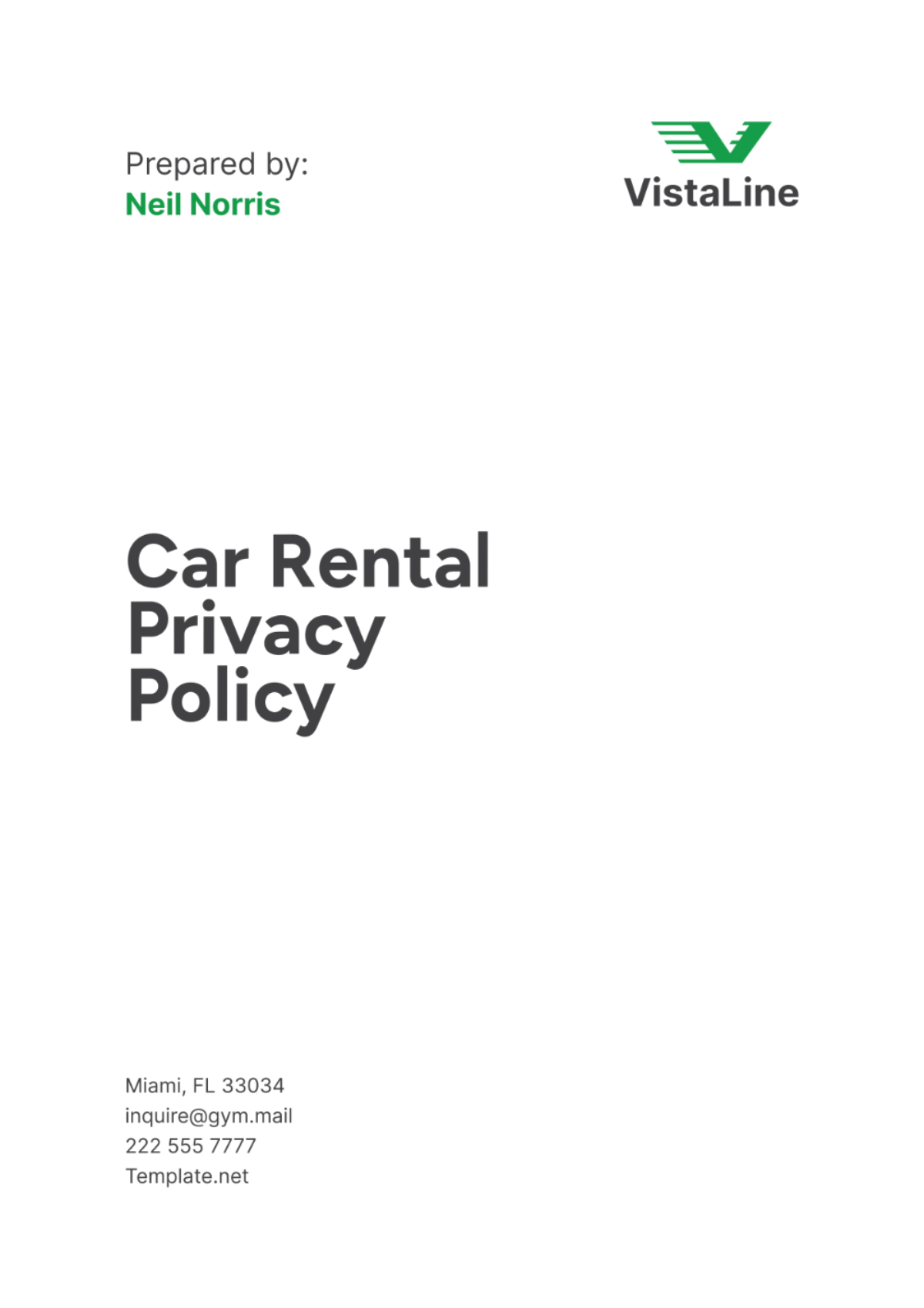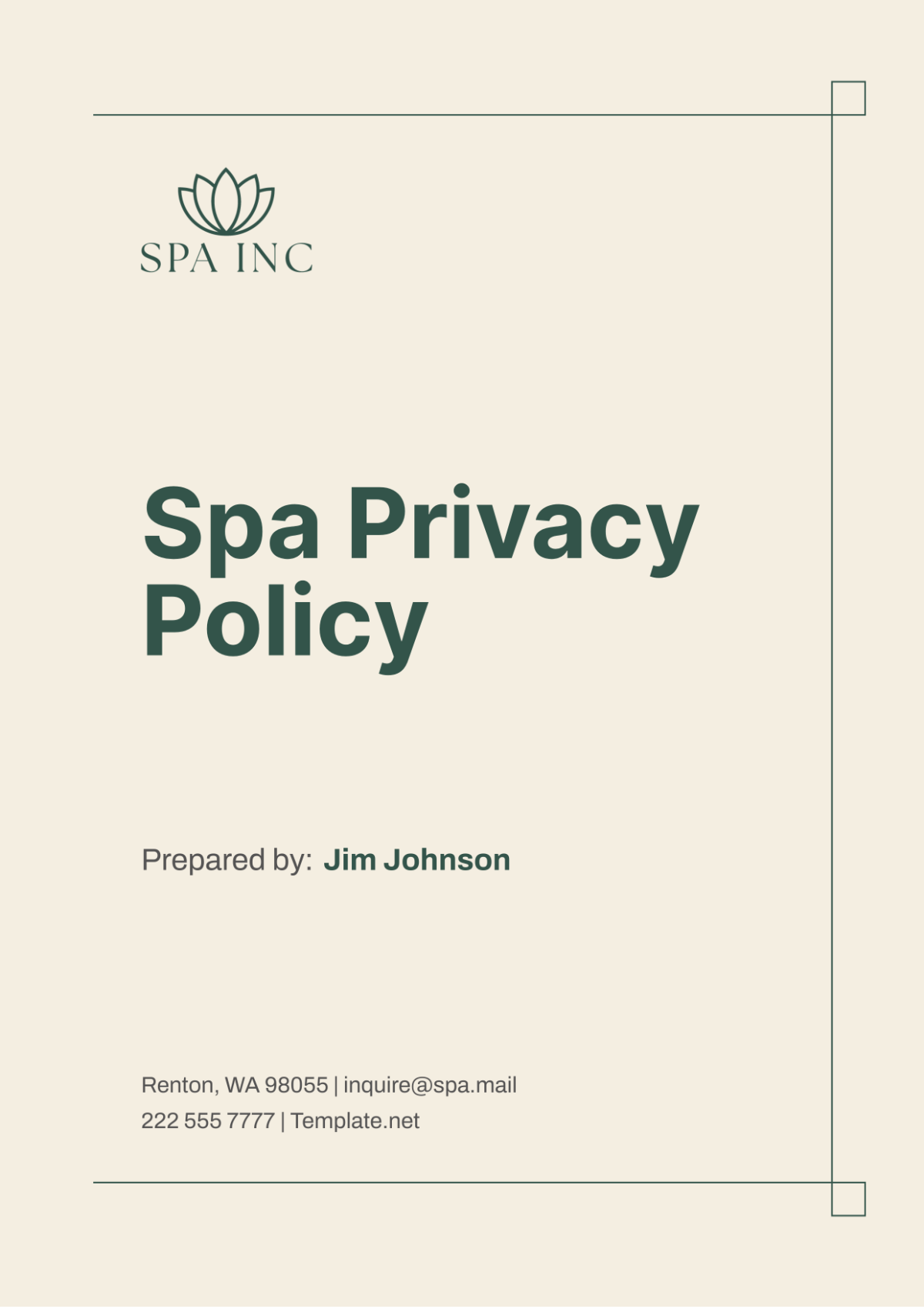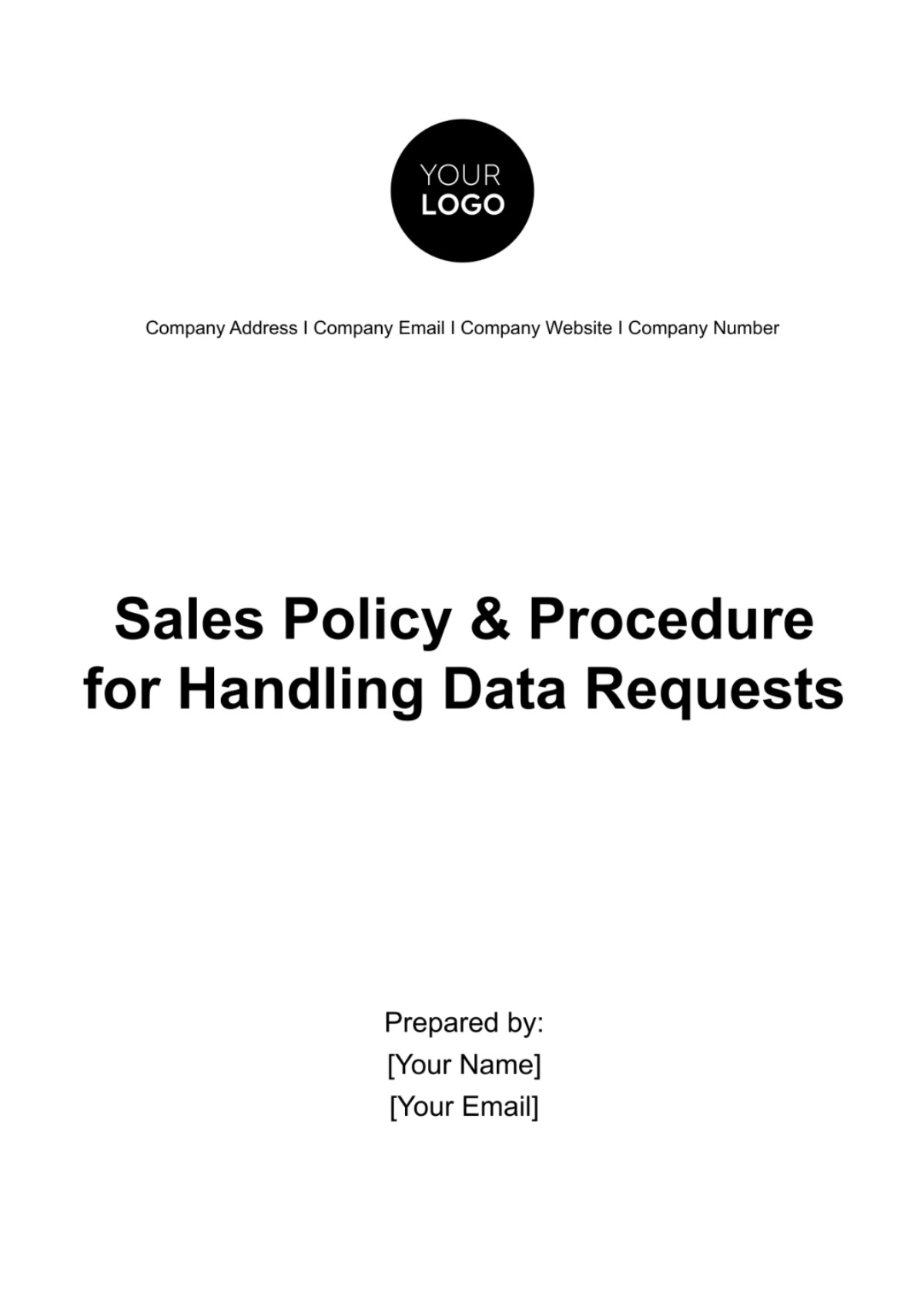Policy Research Study
[YOUR NAME]
[YOUR EMAIL]
Date: July 26, 2050
Introduction
This Policy Research Study has been conducted to evaluate the potential impacts of the proposed environmental regulations set to be implemented in 2051. The goal of this research is to inform policy decisions by providing a detailed analysis of how these regulations could affect various stakeholders, including businesses, government agencies, and the general public. By examining current practices, analyzing proposed changes, and consulting with key stakeholders, this study aims to offer evidence-based recommendations to guide effective policy-making.
Research Objectives
1. Assess the Current Regulatory Landscape
To understand the context of the proposed regulations, a thorough review of existing environmental regulations was conducted. Key regulations analyzed include:
Clean Air Act: This act has been instrumental in reducing airborne pollutants and setting standards for air quality.
Clean Water Act: Aimed at reducing water pollution and protecting water sources from industrial and municipal discharges.
Climate Change Initiatives: Recent policies focused on reducing greenhouse gas emissions and promoting renewable energy.
2. Evaluate Proposed Regulations
The proposed regulations include:
Stricter Emission Standards: New limits on pollutants for industrial facilities, including a 30% reduction in CO2 emissions and a 25% reduction in nitrogen oxides over the next five years.
Enhanced Waste Reduction Requirements: Mandates for businesses to reduce waste by 20% through improved recycling and waste management practices.
Expanded Protections for Natural Habitats: Increased regulations to protect wetlands, forests, and other critical ecosystems from industrial activities.
3. Identify Stakeholder Concerns
Stakeholder feedback was gathered through:
Surveys: Conducted with over 200 businesses across various sectors to understand their perspectives on the proposed regulations.
Interviews: Held with 15 key stakeholders, including representatives from environmental NGOs, industry associations, and local government officials.
Public Forums: Organized to gather input from community members and other affected parties.
4. Provide Evidence-Based Recommendations
Based on the findings, the study offers the following recommendations:
Regulatory Adjustments: Implement a phased approach to emission standards, allowing businesses to gradually adapt. Introduce tiered compliance requirements based on the size and type of business.
Support Programs: Develop financial assistance programs, including subsidies and tax incentives, to help businesses with compliance costs. Provide training and technical support to facilitate the transition to greener practices.
Monitoring and Evaluation: Establish robust monitoring mechanisms to track the effectiveness of the regulations and make necessary adjustments based on real-world data.
Methodology
1. Literature Review
The literature review involved:
Government Reports: Analysis of EPA reports, including annual air and water quality assessments and economic impact studies.
Academic Research: Review of scholarly articles on environmental regulation effectiveness and case studies of recent regulatory changes.
Industry Publications: Examination of industry reports and white papers discussing the implications of proposed regulations.
2. Data Collection
Data collection methods included:
Surveys: Distributed to a diverse sample of over 200 businesses, focusing on various industries such as manufacturing, energy, and waste management.
Interviews: Conducted with key stakeholders, including 10 business leaders, 3 environmental advocates, and 2 local government officials.
Case Studies: Analyzed recent case studies from regions that implemented similar regulations to assess outcomes and lessons learned.
3. Data Analysis
Data analysis involved:
Quantitative Analysis: Utilized statistical methods to analyze survey responses and economic models to project the financial impact of the regulations.
Qualitative Analysis: Coded and categorized feedback from interviews and public forums to identify common themes and concerns.
Impact Modeling: Applied environmental impact models to estimate changes in pollution levels and economic performance.
4. Stakeholder Consultation
Consultation involved:
Roundtable Discussions: Held with representatives from key stakeholder groups to discuss findings and gather additional insights.
Feedback Workshops: Organized workshops to present preliminary findings and solicit feedback on proposed recommendations.
Findings
1. Impact Analysis
The proposed regulations are expected to:
Air Quality: Achieve a 30% reduction in CO2 emissions and a 25% reduction in nitrogen oxides, leading to improved air quality and public health.
Water Quality: Reduce pollution levels in major water bodies, benefiting aquatic ecosystems and drinking water sources.
Waste Reduction: Help businesses cut waste by 20%, promoting recycling and reducing landfill use.
2. Stakeholder Feedback
Key concerns expressed by stakeholders include:
Financial Burden: Small businesses are particularly concerned about the high costs of compliance, which could impact their profitability and competitiveness.
Implementation Challenges: Businesses highlighted difficulties in meeting the new standards without adequate support and resources.
Effectiveness: Some stakeholders questioned the effectiveness of the regulations in achieving environmental goals and suggested alternative approaches.
3. Regulatory Effectiveness
The proposed regulations are likely to achieve their environmental objectives if implemented with flexibility and support measures. Previous regulatory changes in similar sectors have shown that targeted incentives can enhance compliance and overall effectiveness.
Recommendations
1. Policy Adjustments
Phased Implementation: Gradually introduce stricter emission standards to allow businesses time to adapt. For example, reduce CO2 emissions by 10% in the first year, with further reductions in subsequent years.
Tiered Compliance: Implement tiered requirements based on business size and sector. Smaller businesses could be subject to less stringent standards or granted additional time to comply.
2. Implementation Strategies
Financial Assistance: Provide subsidies, tax incentives, and low-interest loans to help businesses with compliance costs.
Training Programs: Offer training and resources to assist businesses in adopting new technologies and practices.
Technical Support: Establish a support hotline and online resources to provide technical assistance and answer questions about compliance.
3. Further Research
Long-Term Impact Studies: Conduct studies to assess the long-term effects of the regulations on environmental quality and economic performance.
Emerging Technologies: Explore the potential of new technologies and practices that could further reduce environmental impacts and improve regulatory outcomes.
Conclusion
The findings of this Policy Research Study underscore the importance of balancing environmental goals with economic considerations. By refining the proposed regulations and providing targeted support, policymakers can achieve significant environmental benefits while minimizing the financial burden on businesses. This study aims to support informed decision-making and foster effective policy implementation.
For further details or inquiries, please contact:
[YOUR NAME]
[YOUR EMAIL]
[YOUR COMPANY NUMBER]
[YOUR COMPANY ADDRESS]
[YOUR COMPANY WEBSITE]
[YOUR COMPANY SOCIAL MEDIA]
